My parents exposed me to historical sites at a very young age, and I fell truly, madly, deeply in love. I distinctly remember being nine years old, standing in front of a “staff only” door in Neuschwanstein Castle castle in Bavaria, Germany, and deciding that I was just going to have to become a historian so that I would be allowed to see everything. My time as the museum studies intern at the Old Jail Art Center has granted my long held wish to get to see every part of a museum/ historical site.
When I first heard about this internship, I knew it would be a dream come true. I have a deep rooted passion for public history, but I’ve struggled with figuring out where to focus this passion in pursuit of a career. Being granted the opportunity to work in the education/ interpretation, archives, collections, and visitor services departments all in one internship was exactly the experience I needed to help me see what museum jobs I may want to pursue in the future.
My work with the education department allowed me to do a lot of what I love the most- research and writing to be shown to the public. I got to write and film three tiny tour videos on pieces of my choosing from our vast art collection that were then posted on the museum’s vimeo. This was such a joy for me, as I learned a lot about different artists, techniques, and styles in the process. I’ve only taken one art history course in college so far, so this was a new and exciting topic for me to get to explore and share with patrons. Similarly, I researched and wrote artist spotlights for the museum’s social media.
Also under the education department, I got to work at family cultural festivals. As someone whose love for history was ignited as a child, I was absolutely thrilled to be involved with teaching children about history, art, and culture. At the mid-Autumn Moon Fest, I was able to share some Chinese artifacts with the kids, and the way that a few kids' eyes lit up when they heard they were able to touch them (with gloves, of course) reminded me of the same wondrous excitement I felt as a child.
Okay, I’ll admit it, the wondrous excitement is still very much alive in me today. On my first day working with the collections department, I was taken into the vault and shown around. To put it simply; my cheeks hurt from how uncontainable my grin was for the entire tour. Our Registrar, Amy Kelly, was such a joy to work with, and always indulgent of the one thousand questions I had for her every time we met. I’m so thankful for the opportunities she gave me to be amongst and interact with the art and artifacts in the vault. One of my favorite experiences from these 10 weeks was getting to work on taking inventory of the vault. With more delicate items, Amy and I worked together- she would carefully bring the items forward while I marked them off and asked her all about them. This was incredibly educational and exciting. However, one day she sent me into the vault on my own (staying close by in her office in case I needed any assistance) to check off all of the art pieces that are displayed on hanging racks. I got to spend multiple hours walking amongst the incredible collection and searching for each individual piece. There is something so profoundly personal about being alone in a room full of art works that are bursting with life and meaning. Every single piece in the collection was created with individual intention and emotion, its creator spending countless hours crafting it to fulfill their vision. You can never really be alone in a room like that, even if you’re the only breathing being.
While working in the archives, I was given the exciting opportunity to curate my very own display case and the wonderful freedom to choose my topic. In true history student fashion, I had so much fun pouring over old magazines, newspaper articles, and black and white photographs, that it was difficult for me to narrow myself down to just one topic. Our Archivist, Molly Sauder, was incredibly encouraging of my weeks-long search to find my perfect topic, and always receptive to hearing about all of my ideas. When it came time to actually design my exhibit and prepare my writings, she guided me through the process while still allowing me to make it my own. Seeing my work on display in the same museum as iconic artists and highly experienced staff members is truly an honor.
Of course, a museum is not a museum without its patrons. I loved getting to work in visitor services and sit at the front desk of the OJAC. Being at the front desk means sharing information about the museum, its history, and current exhibits with visitors, but it usually goes beyond that. Patrons often talk to me about their favorite pieces on display, stories of how they used to visit when they were younger, their own experiences with art and artists, etc. These conversations remind me of how every single person who comes into the museum has a different perspective and leaves with individual takeaways. It makes my day when visitors choose to share their perspectives and takeaways with me.
I’m inexpressibly grateful for the mentorship and opportunities that the staff here at the OJAC has so generously shared with me, and I’m proud of the work that I’ve produced. I will undoubtedly miss my time here, but all of the lessons and experiences will stay with me as I finish my degree and move into my career.
Catherine Shewmaker
Museum Studies Intern Fall 2022

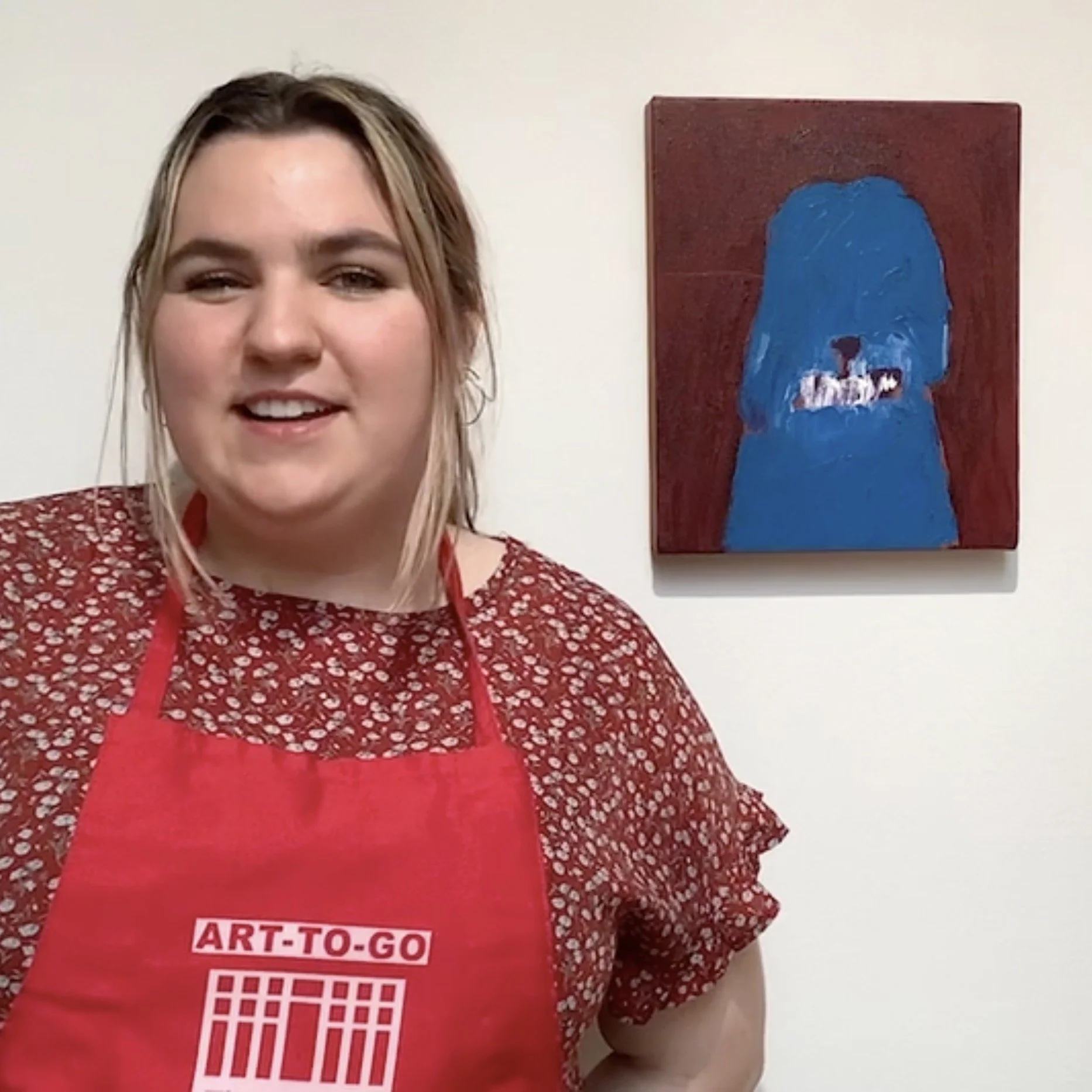




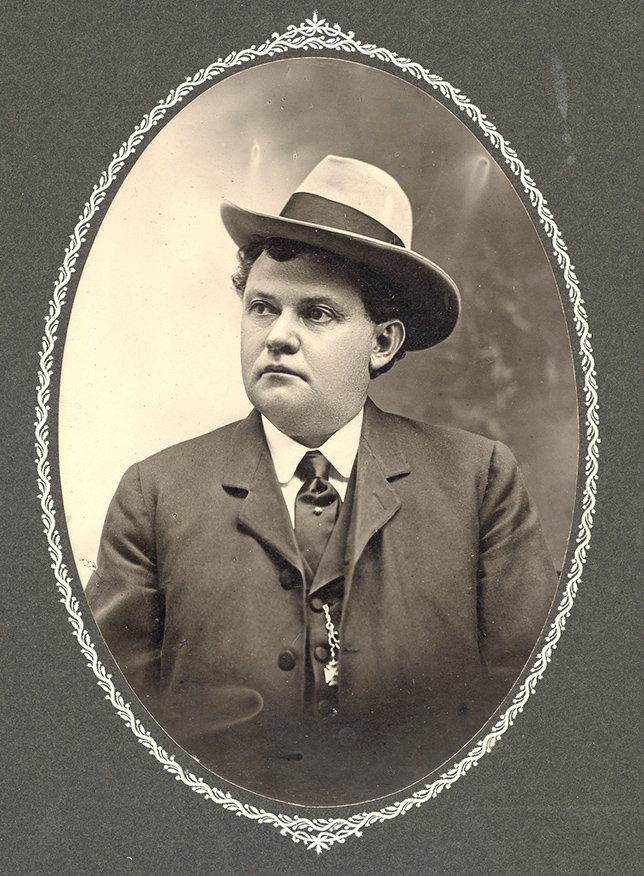
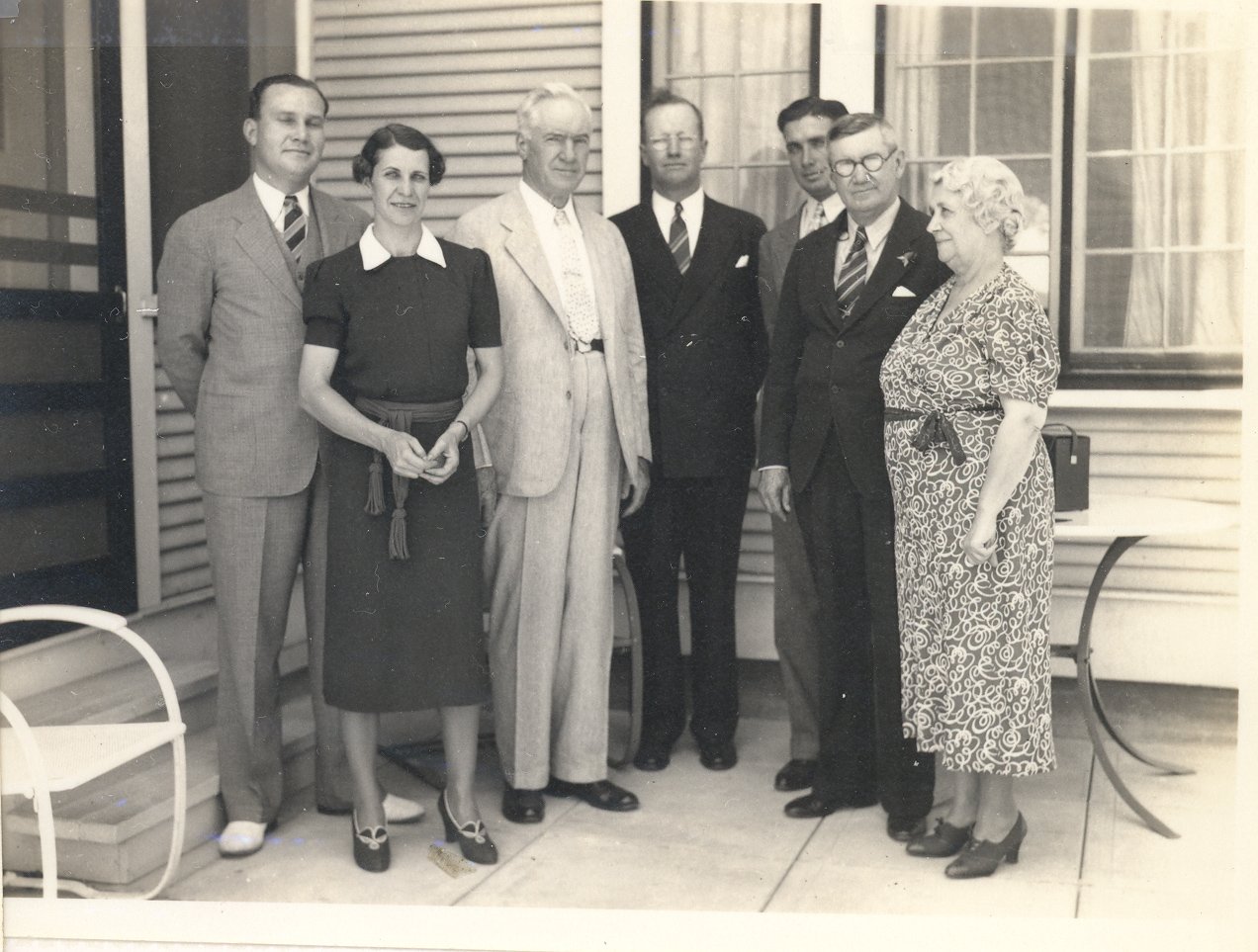
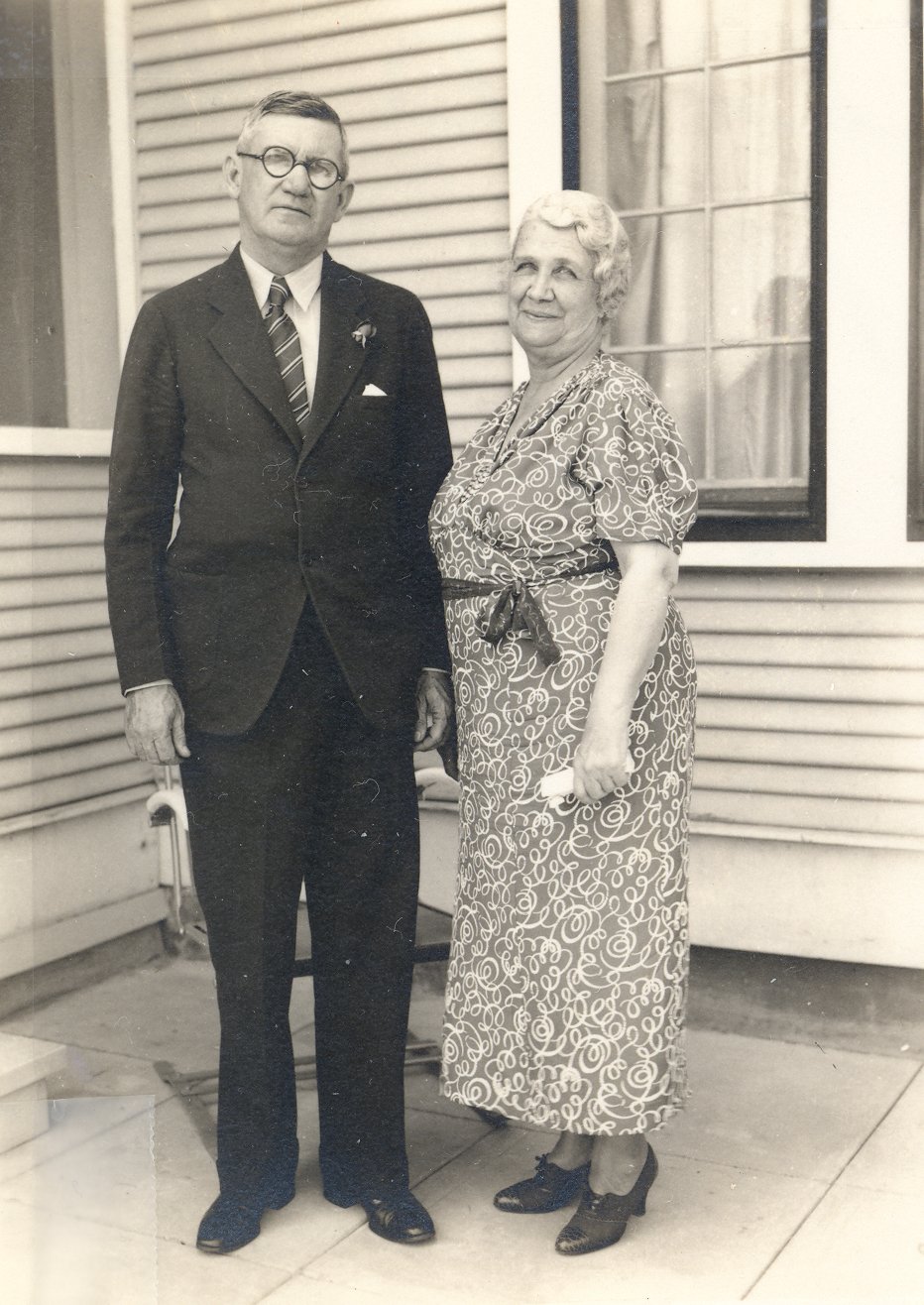
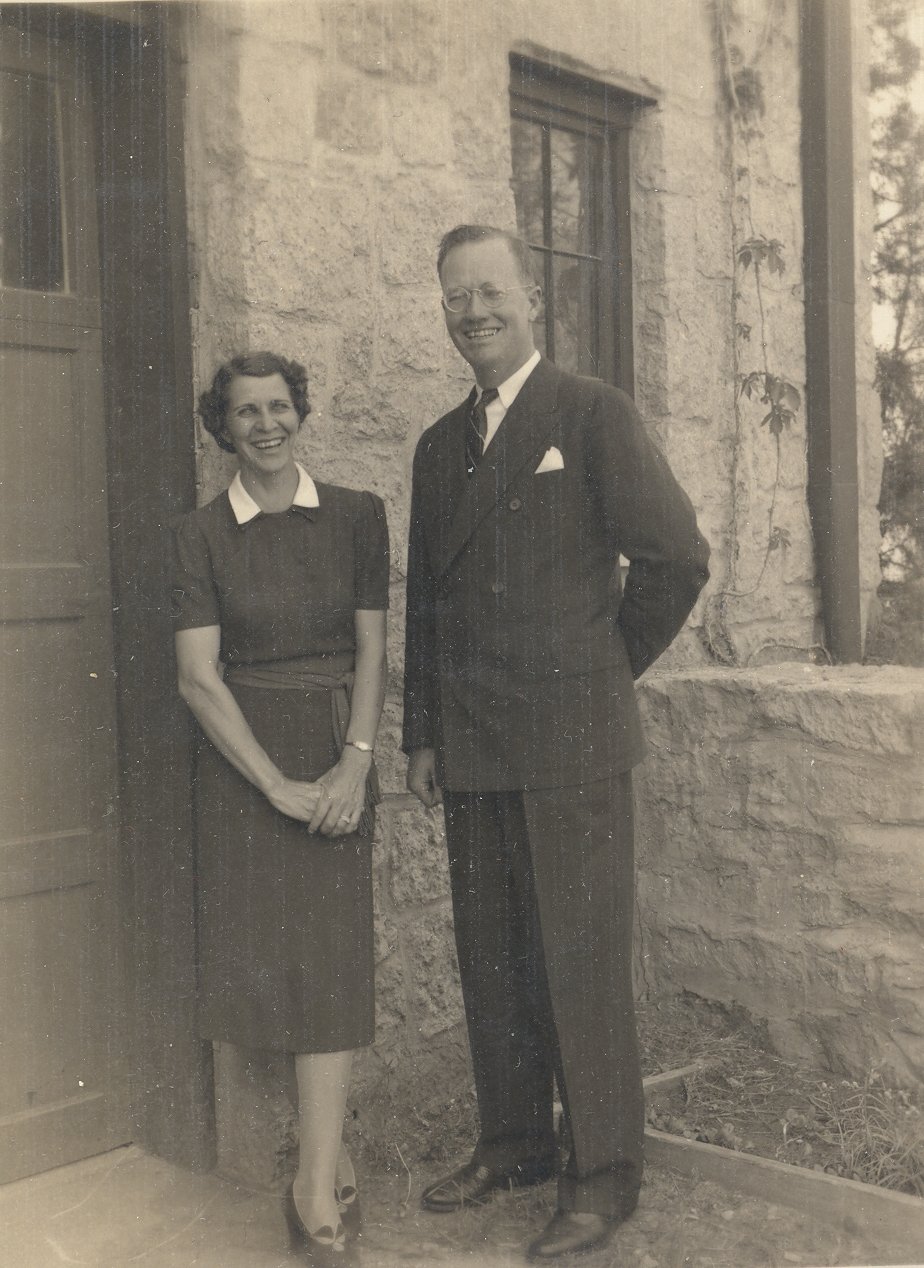
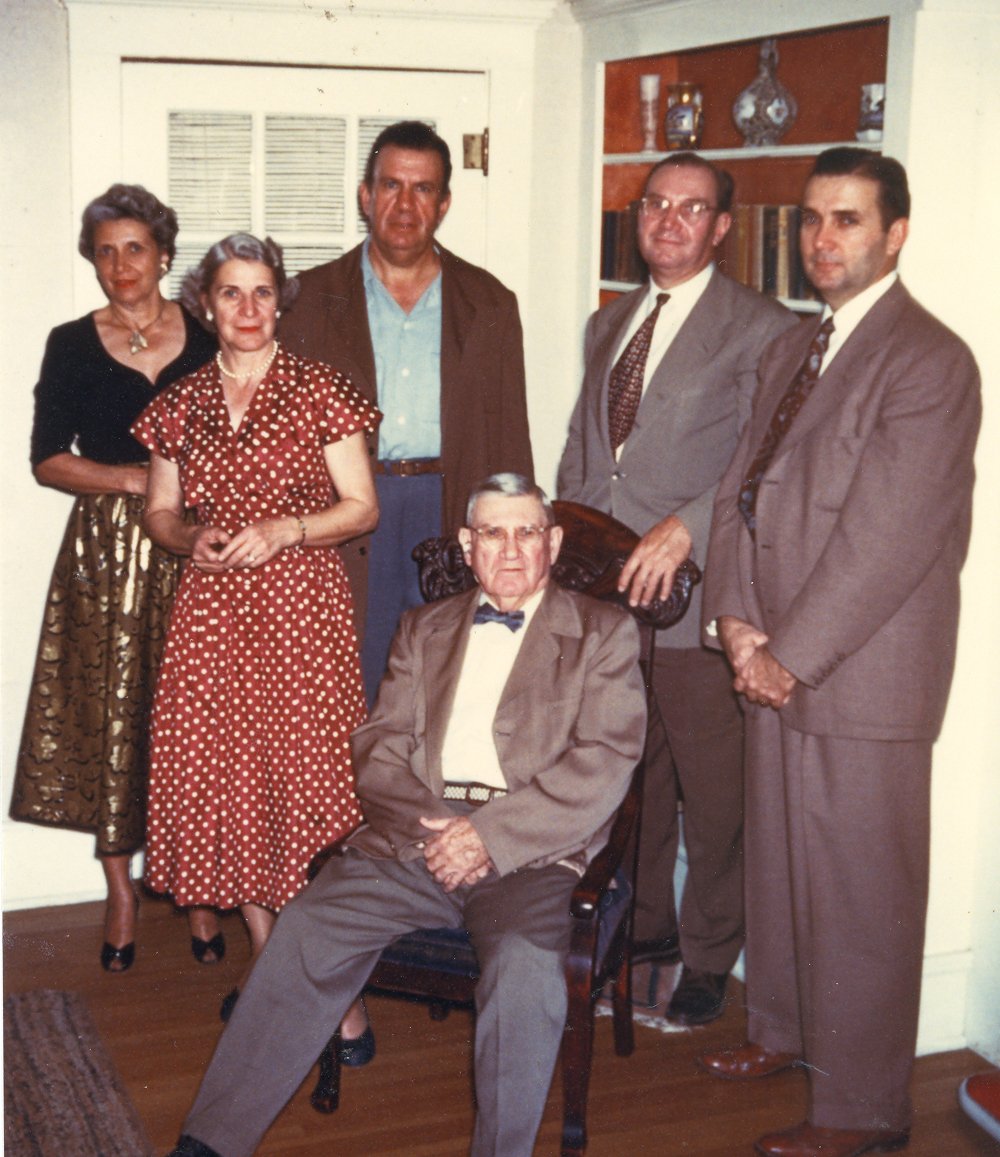
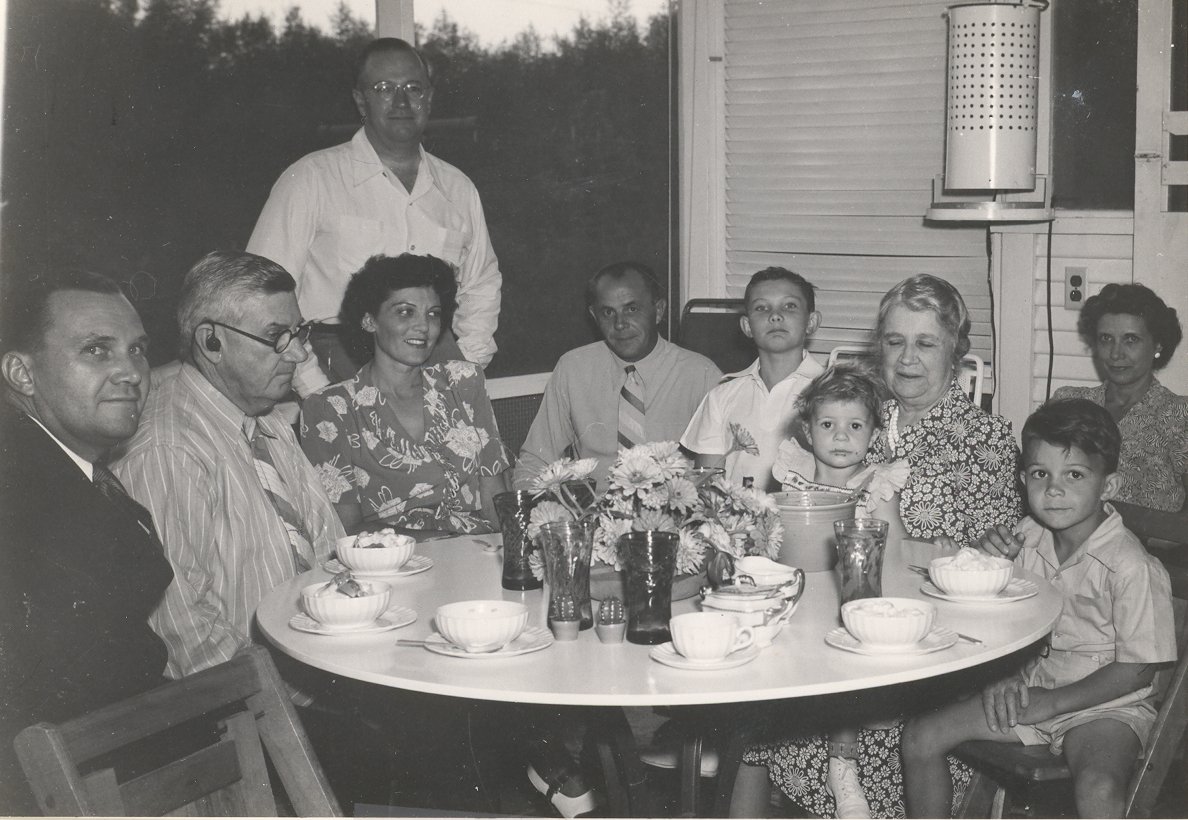






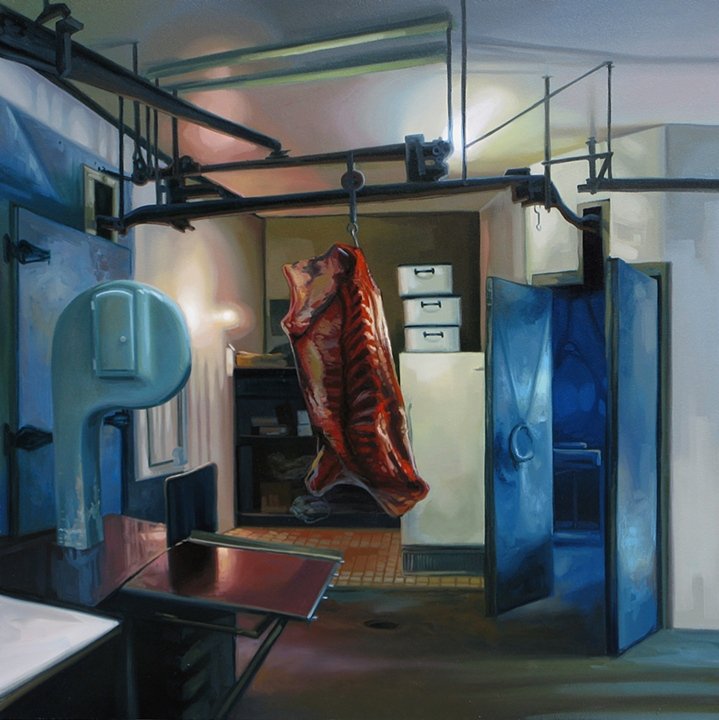
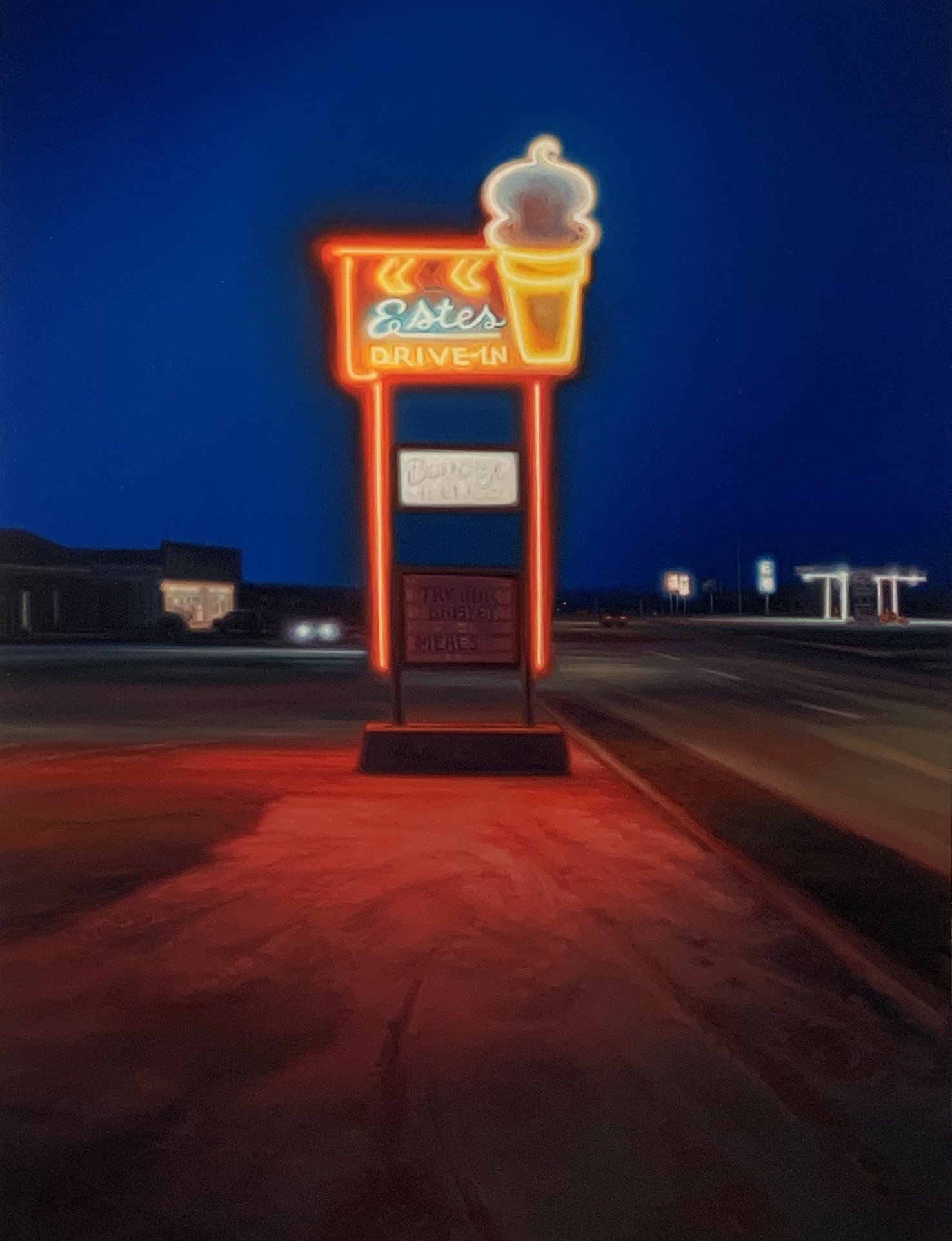
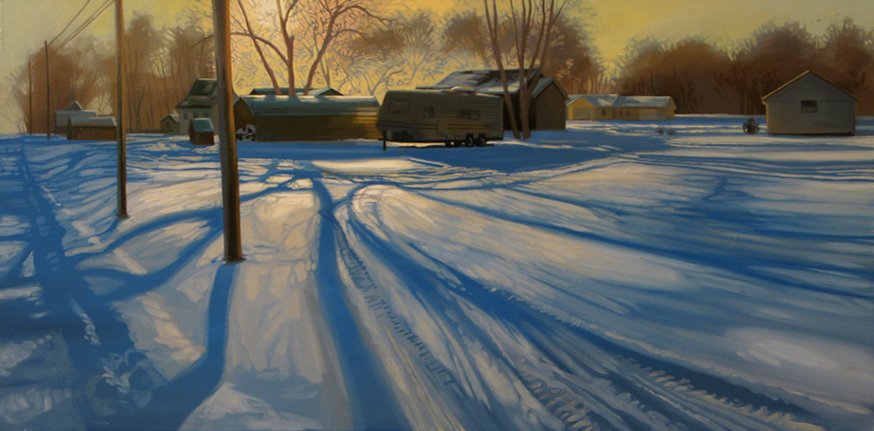
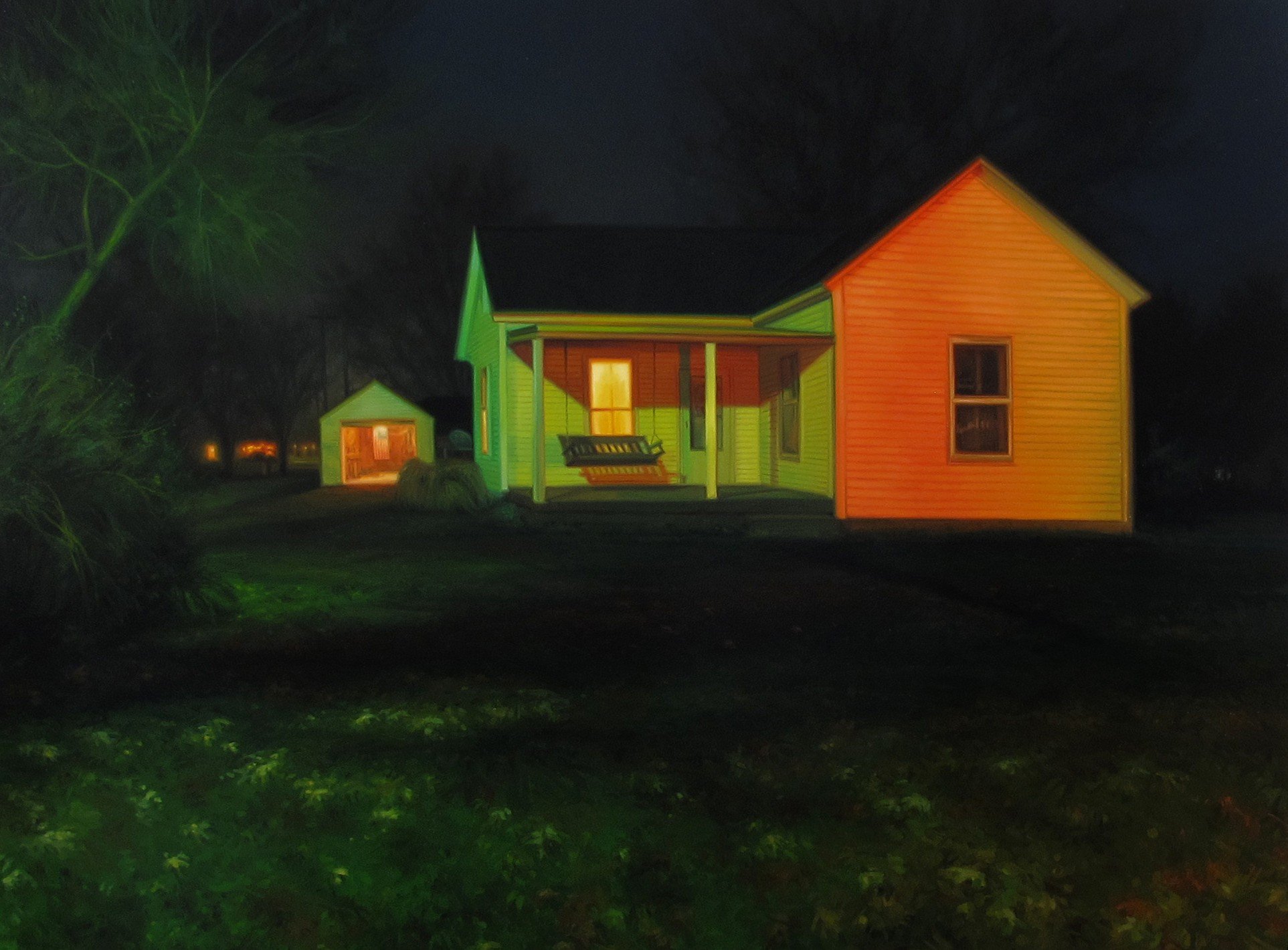

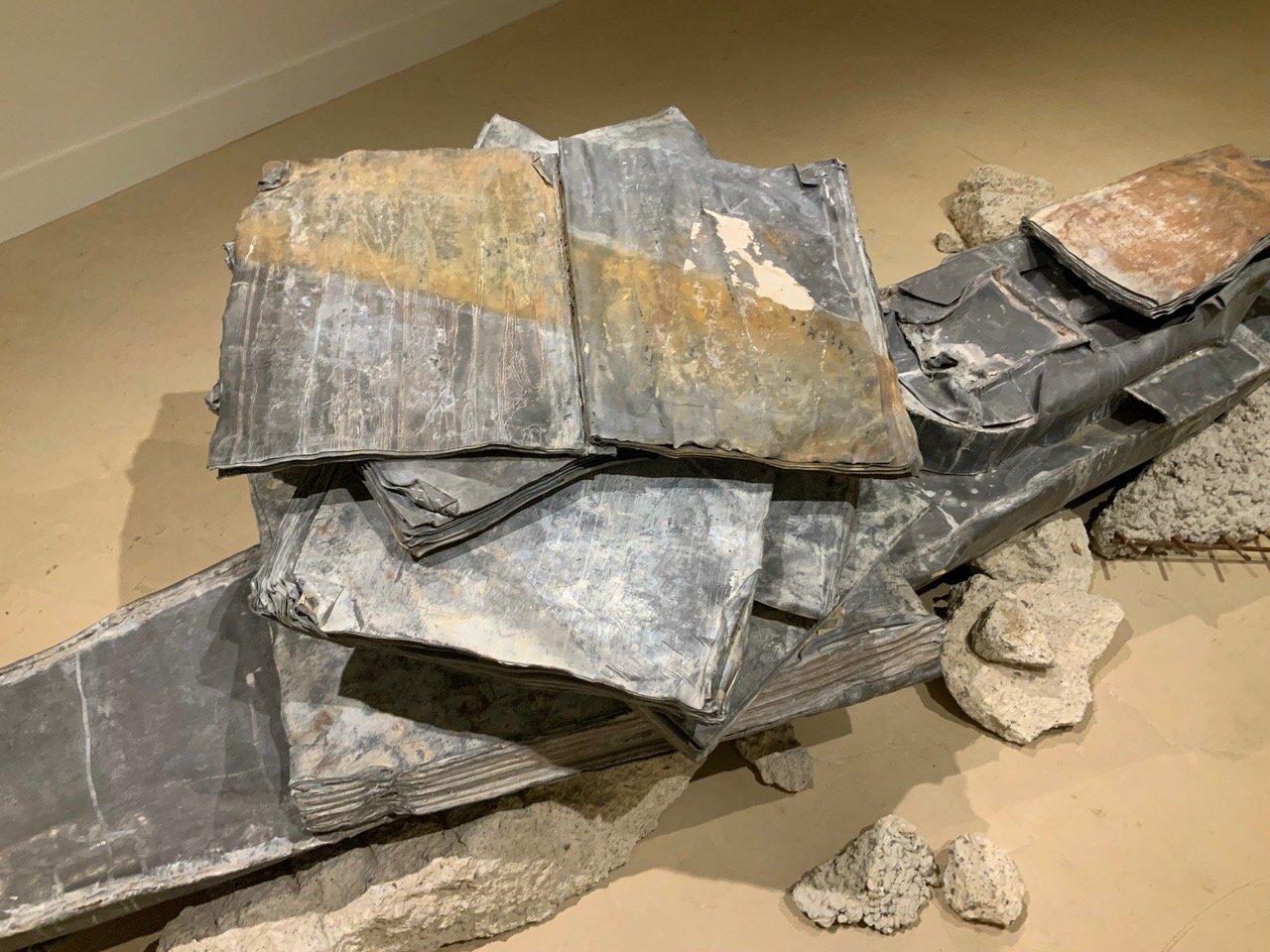



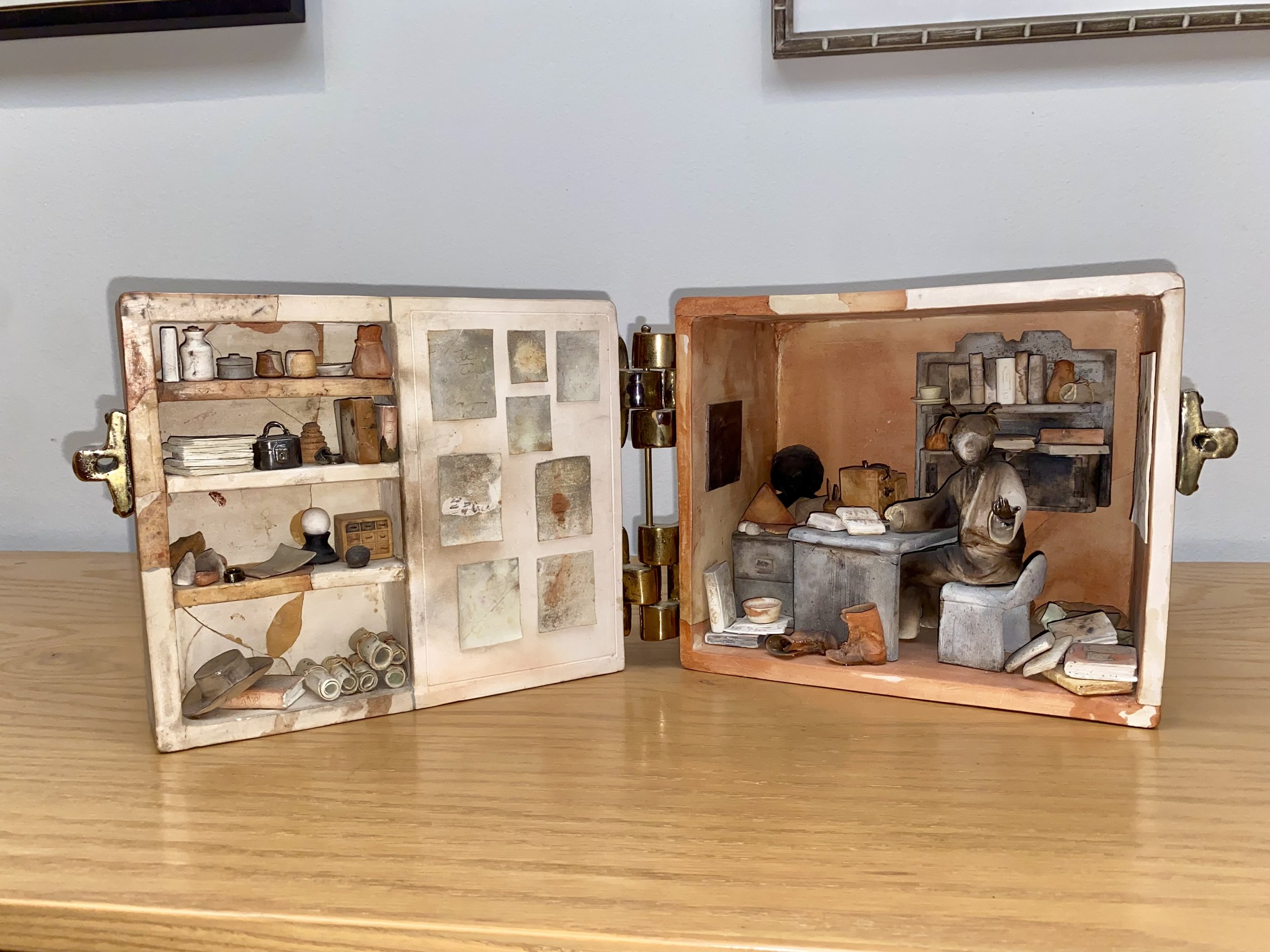
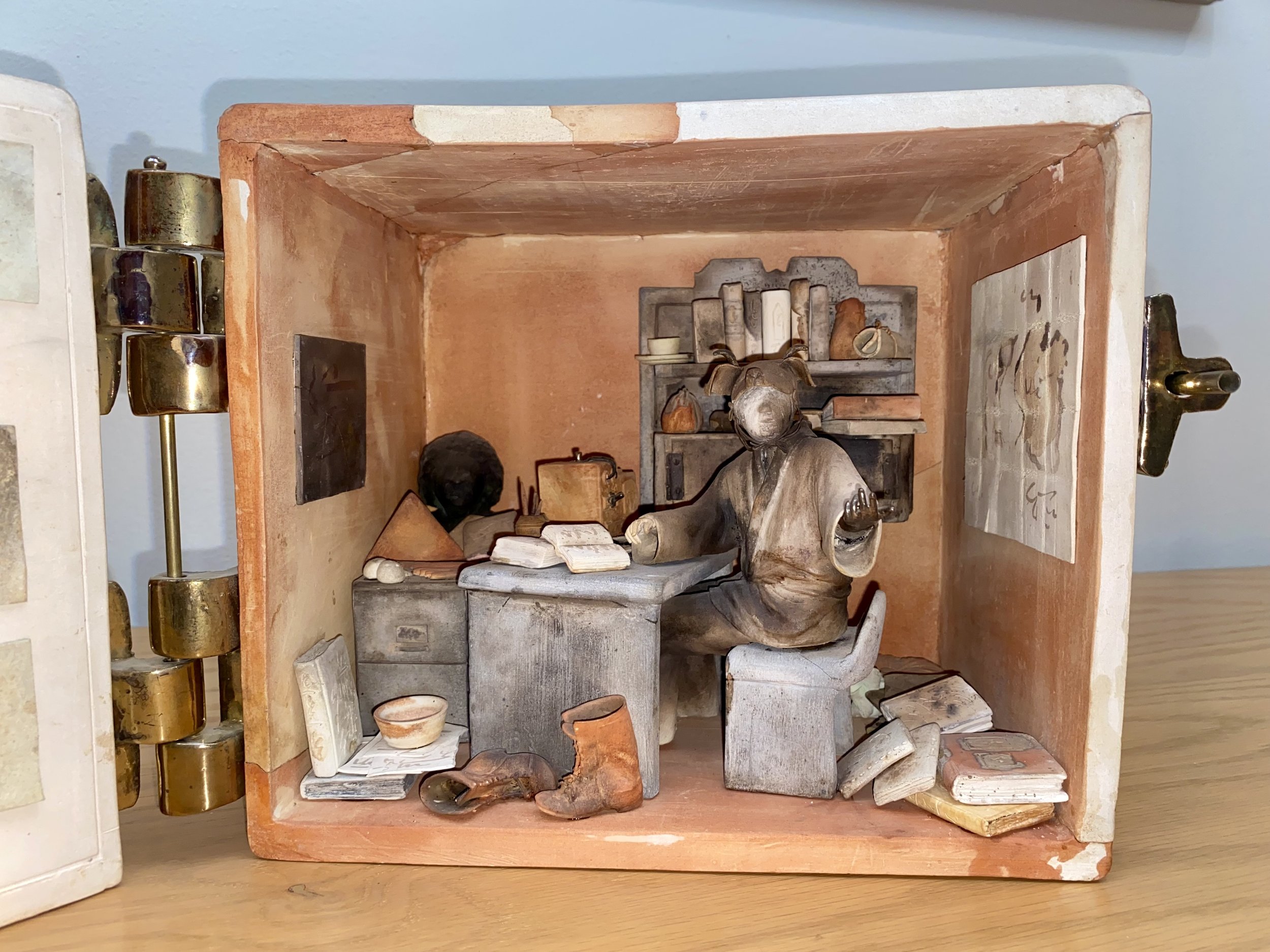


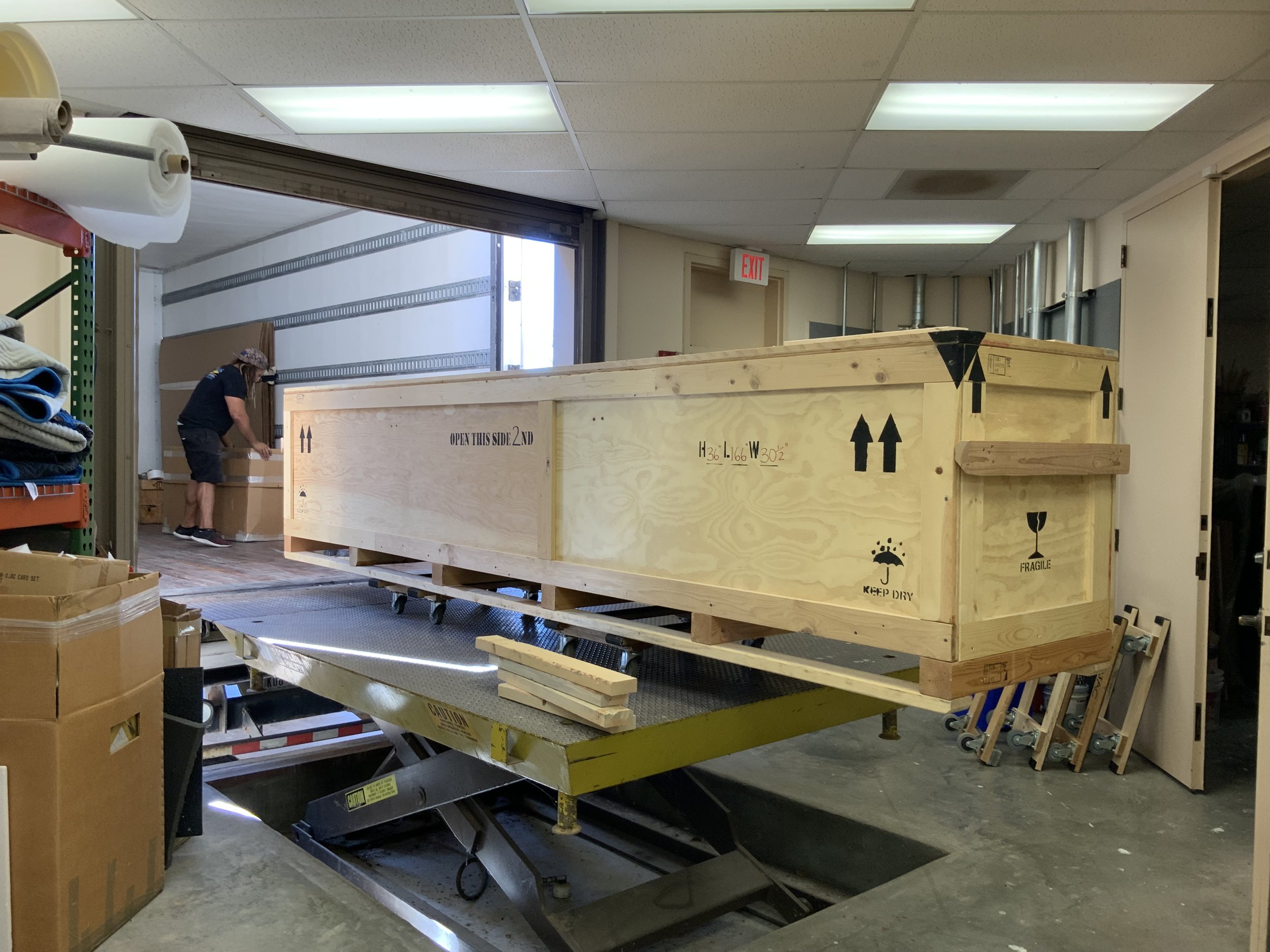
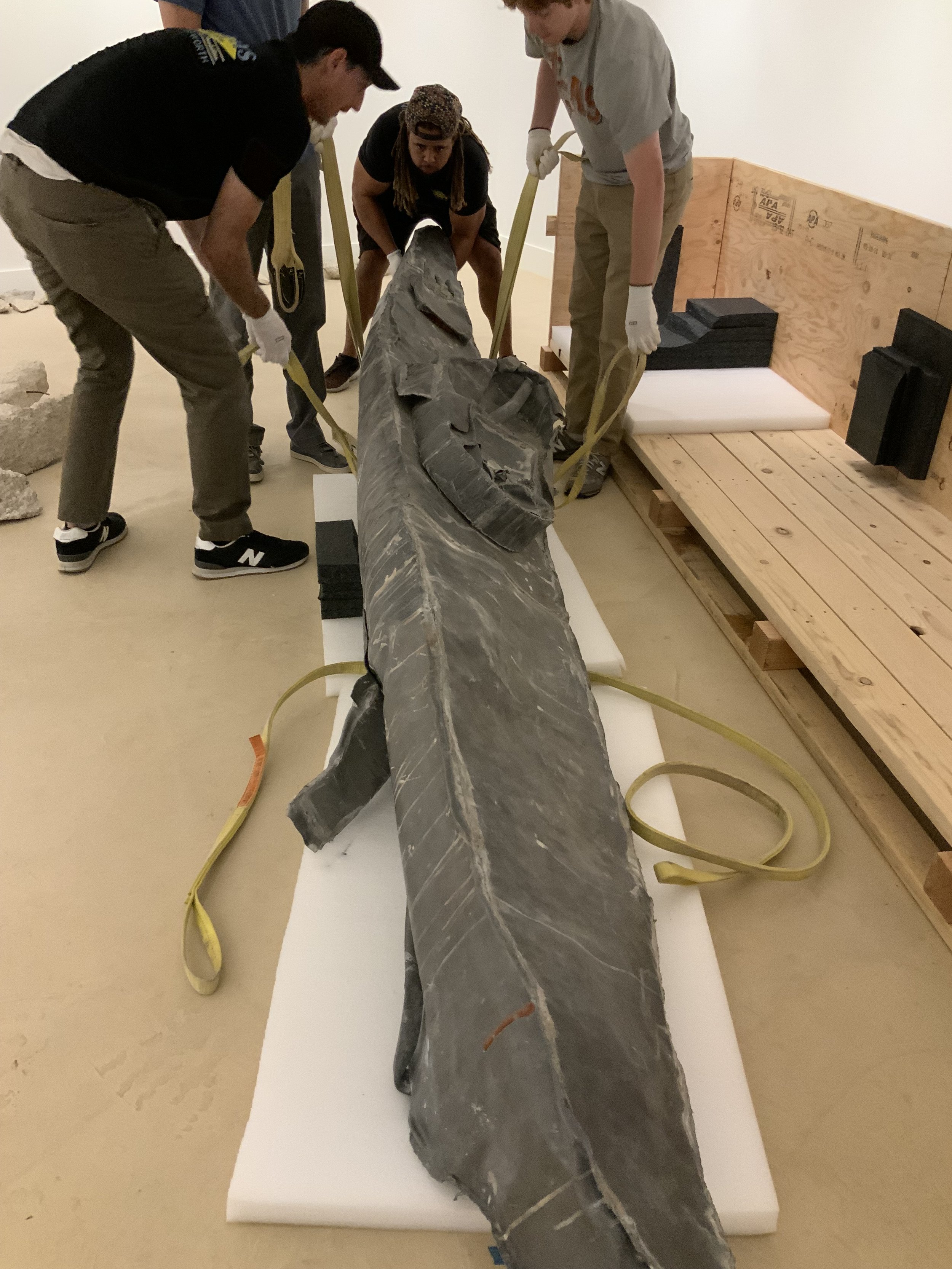
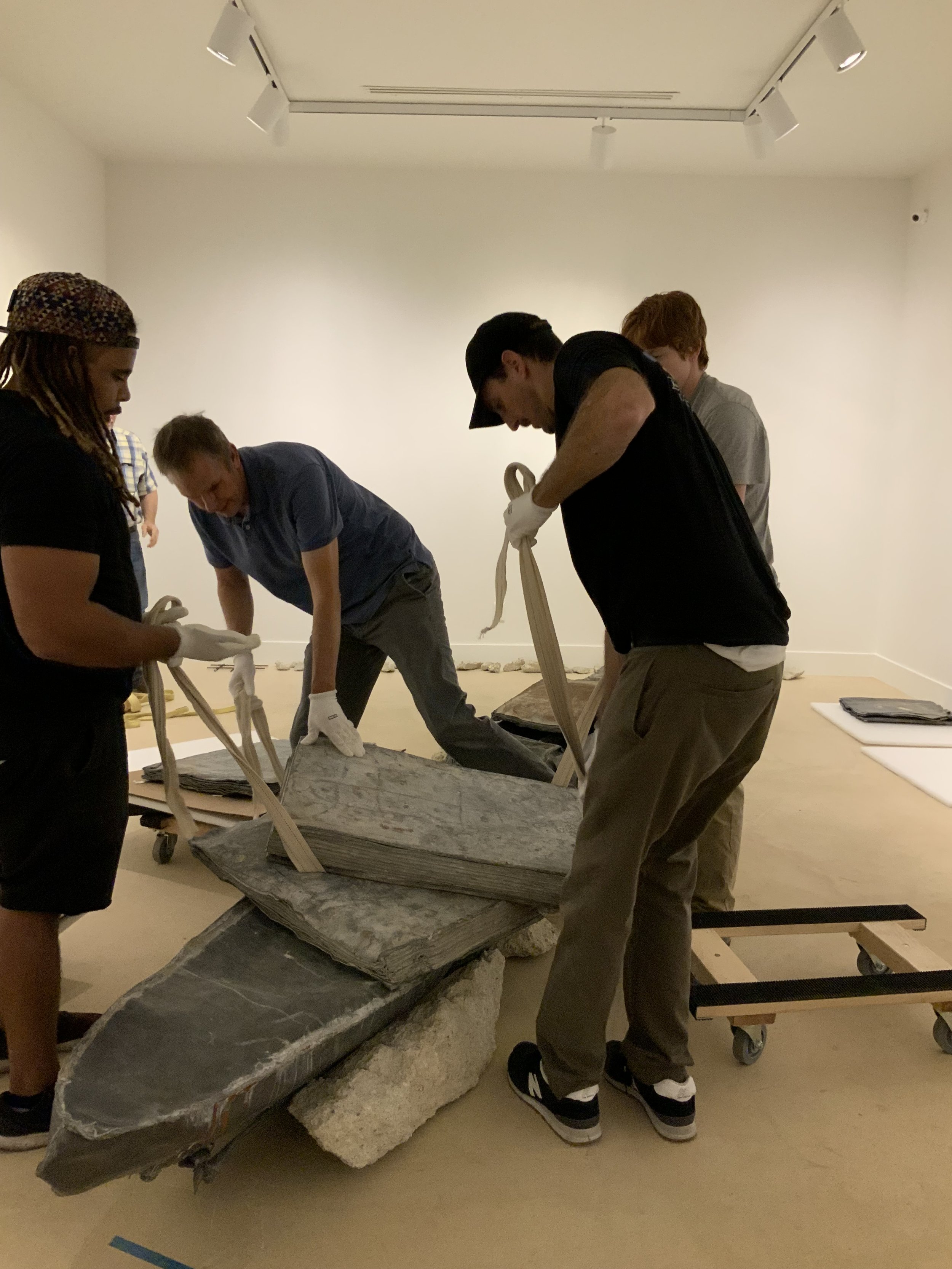

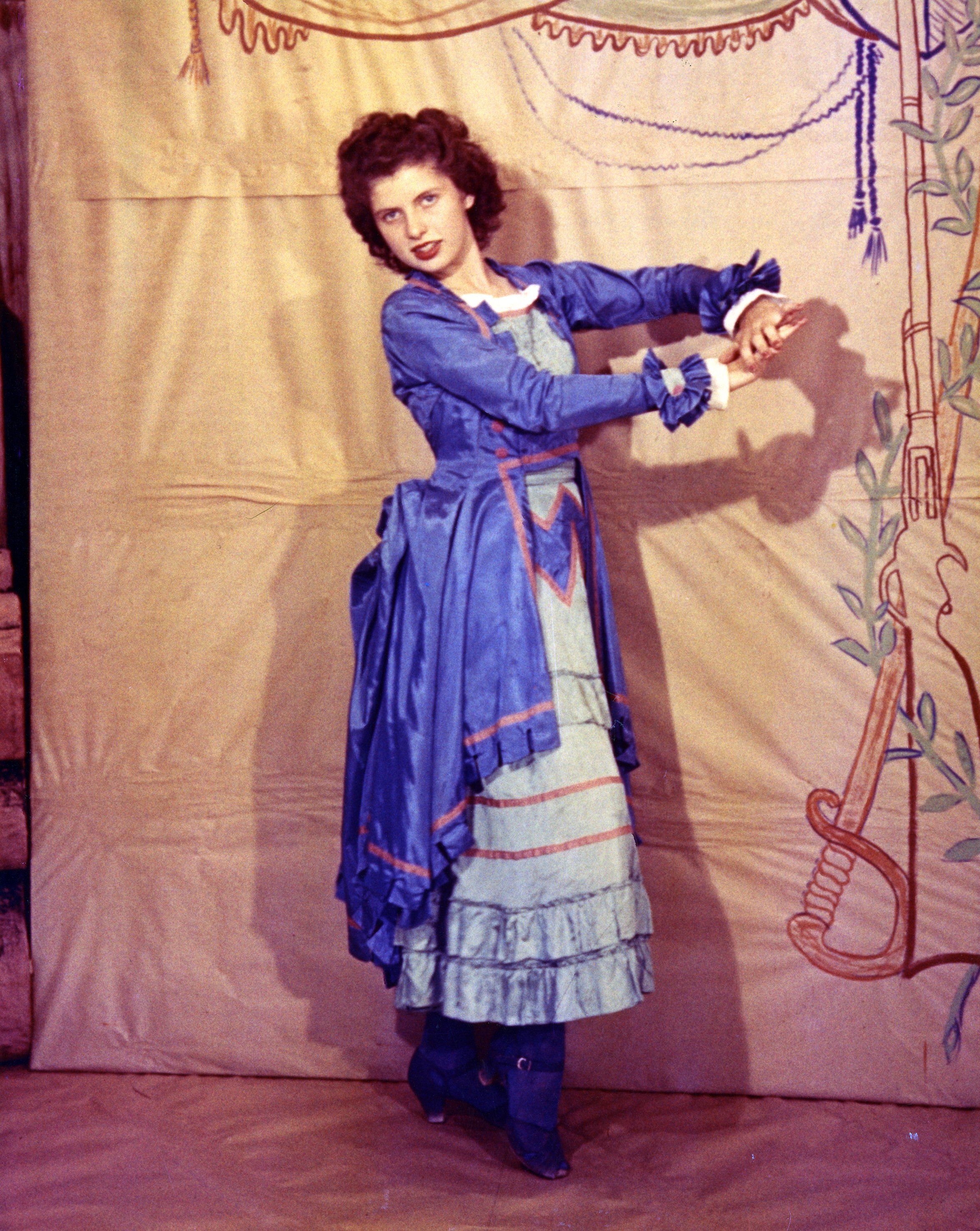
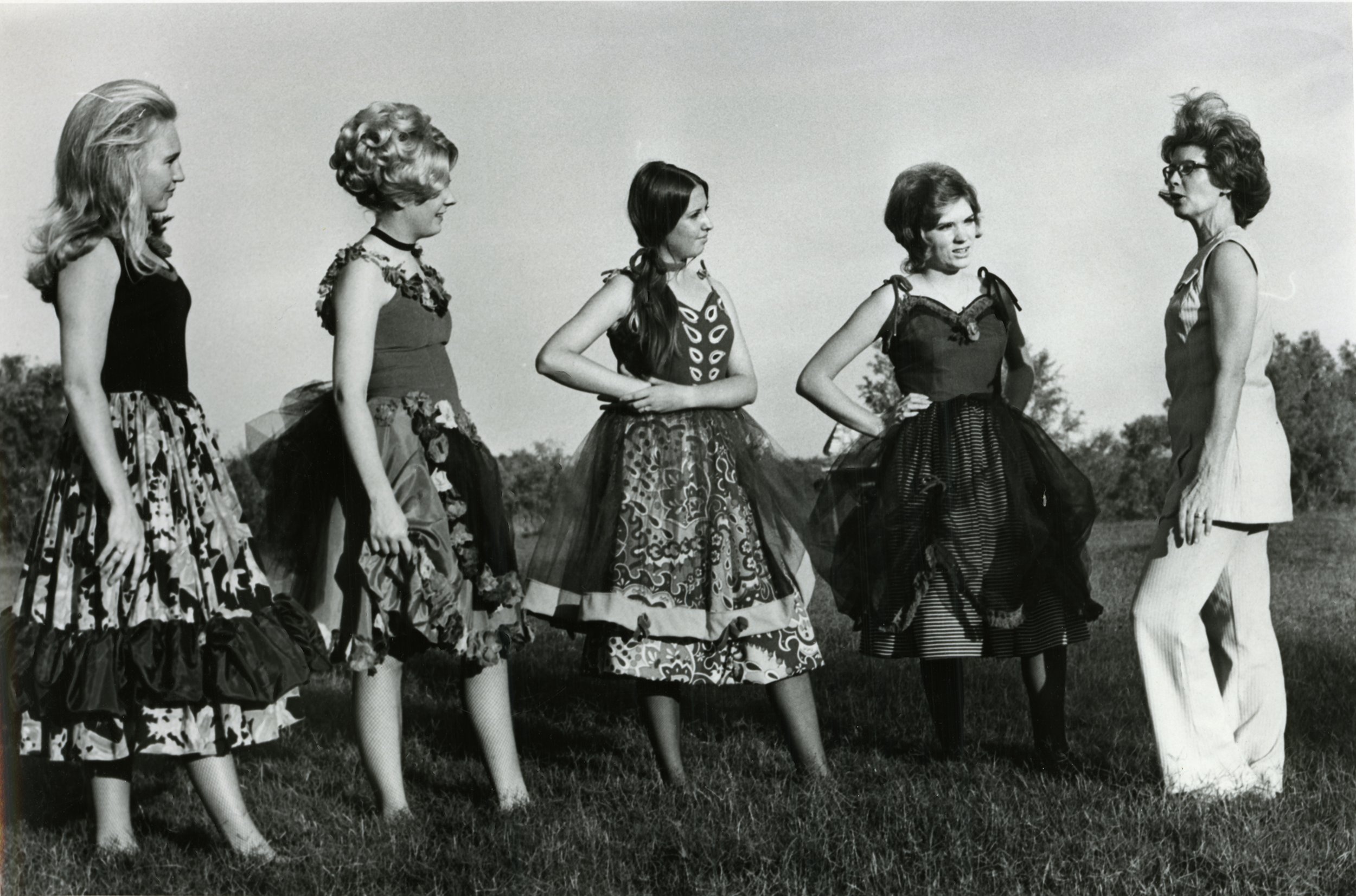
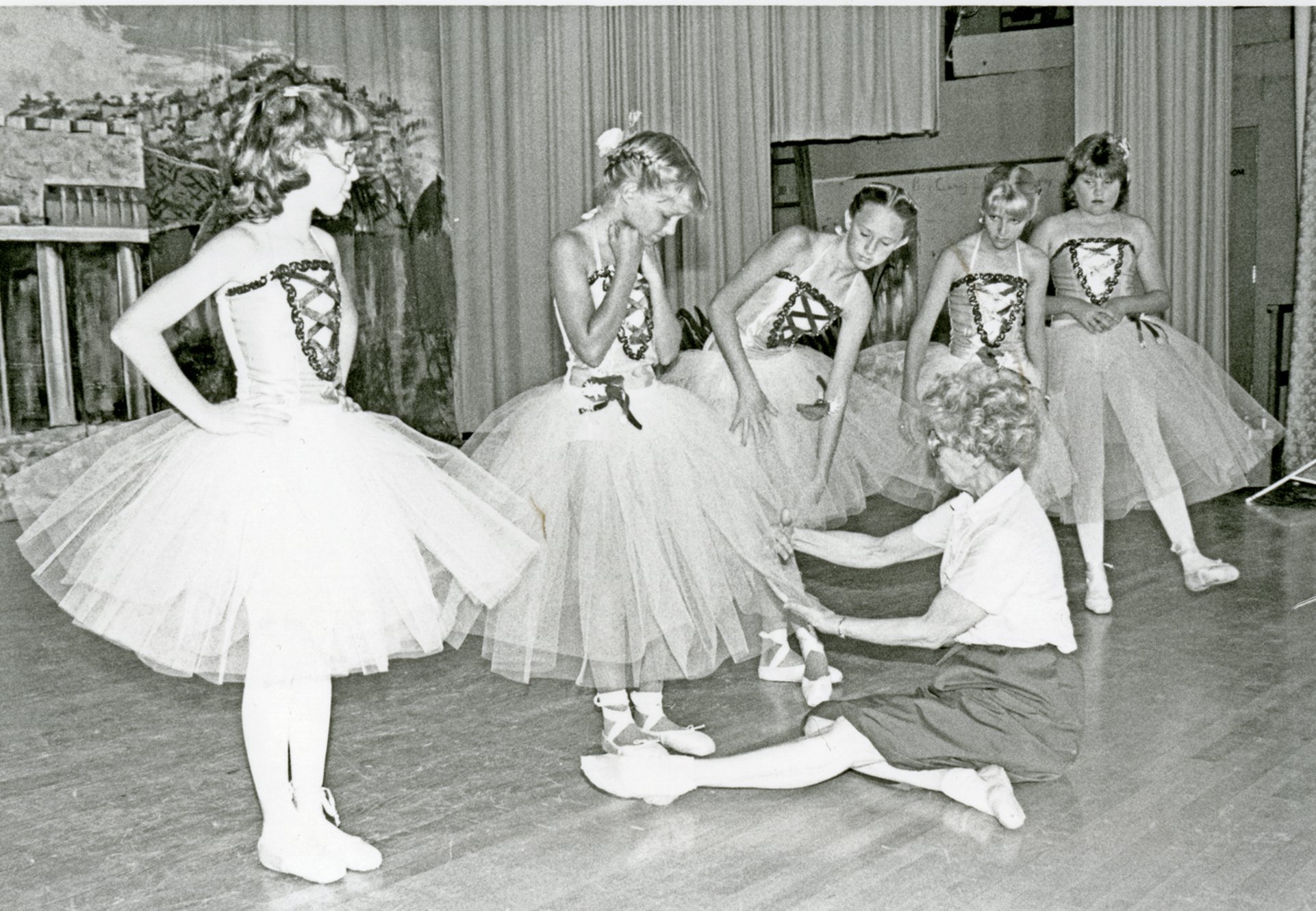
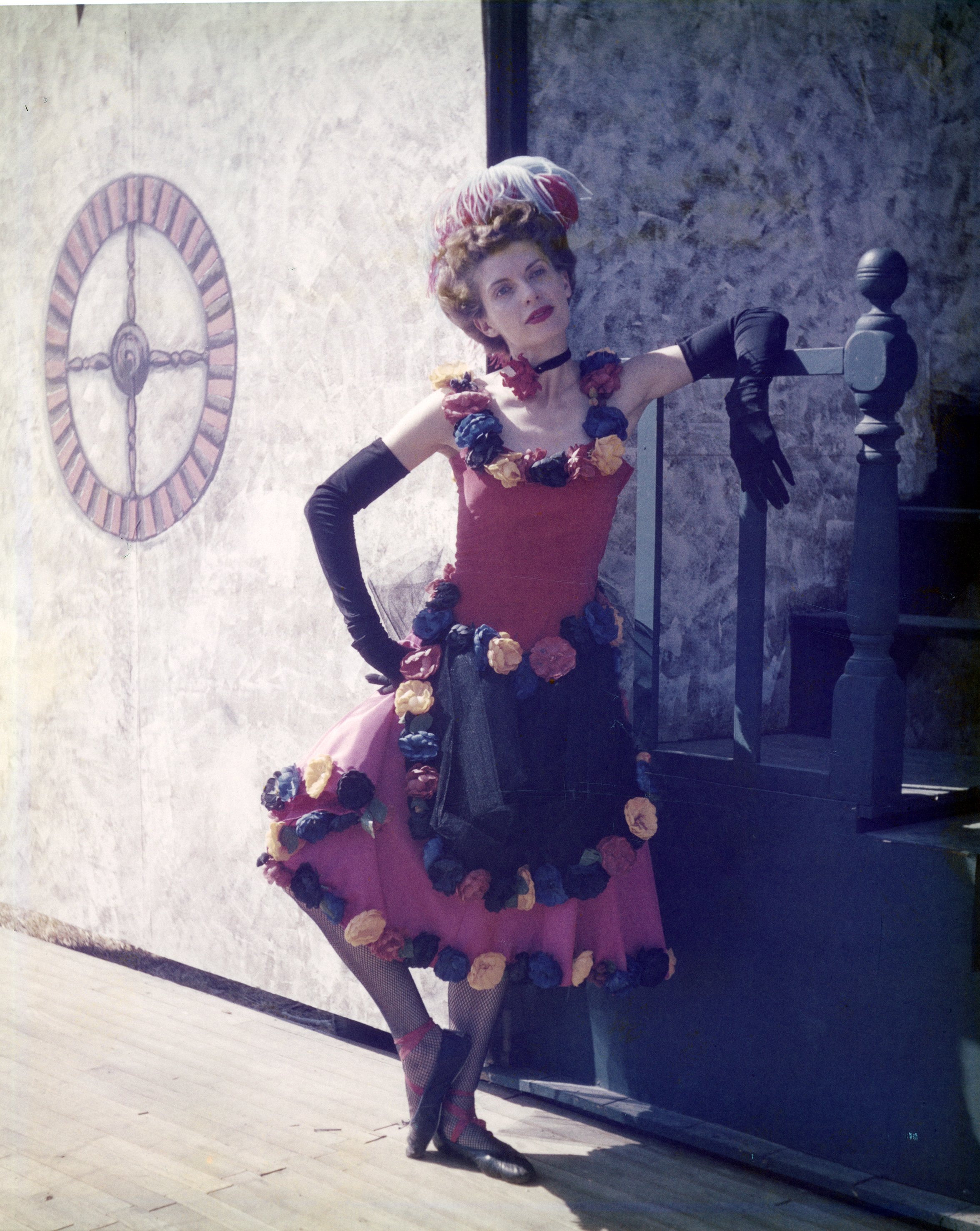
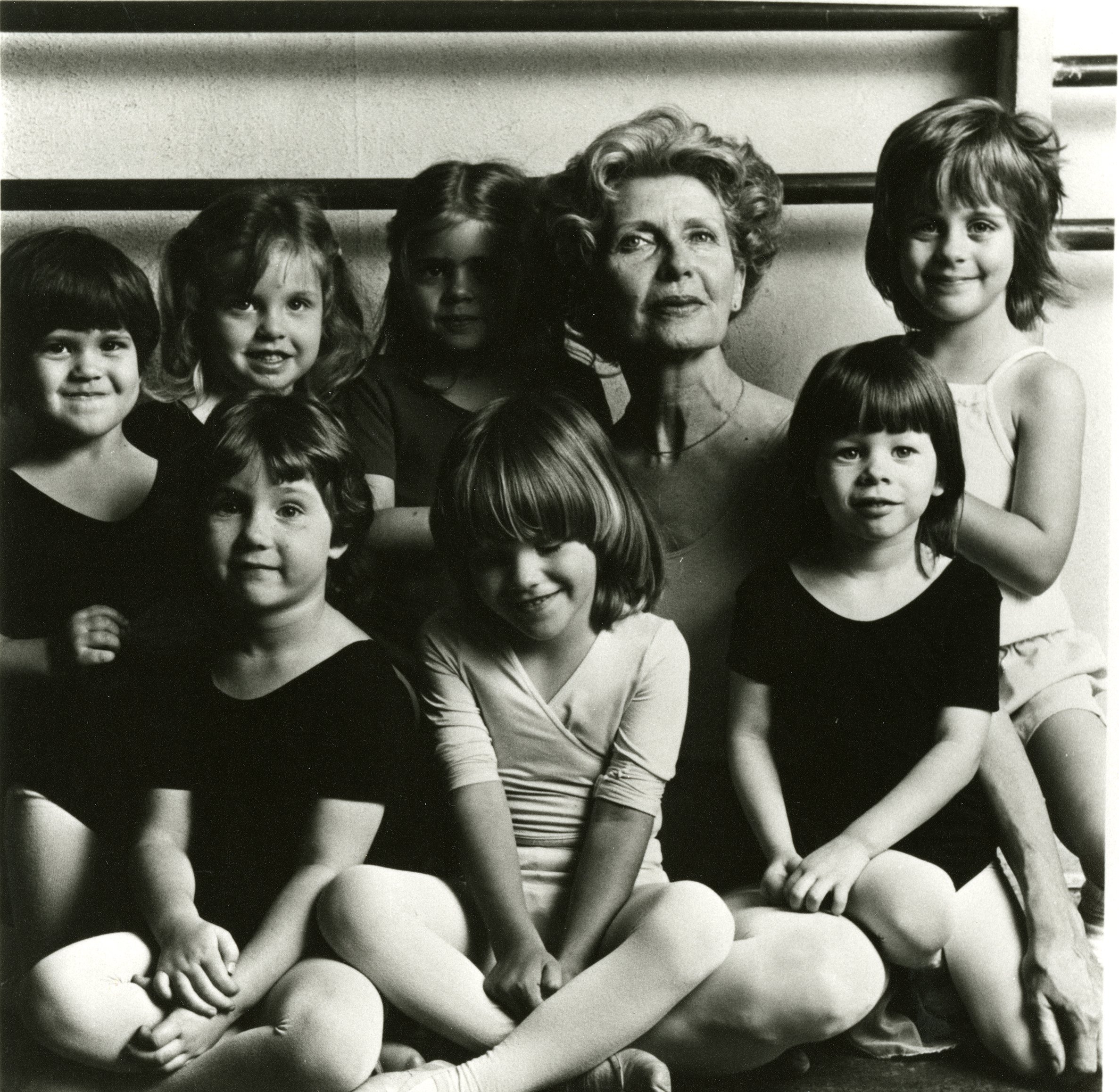

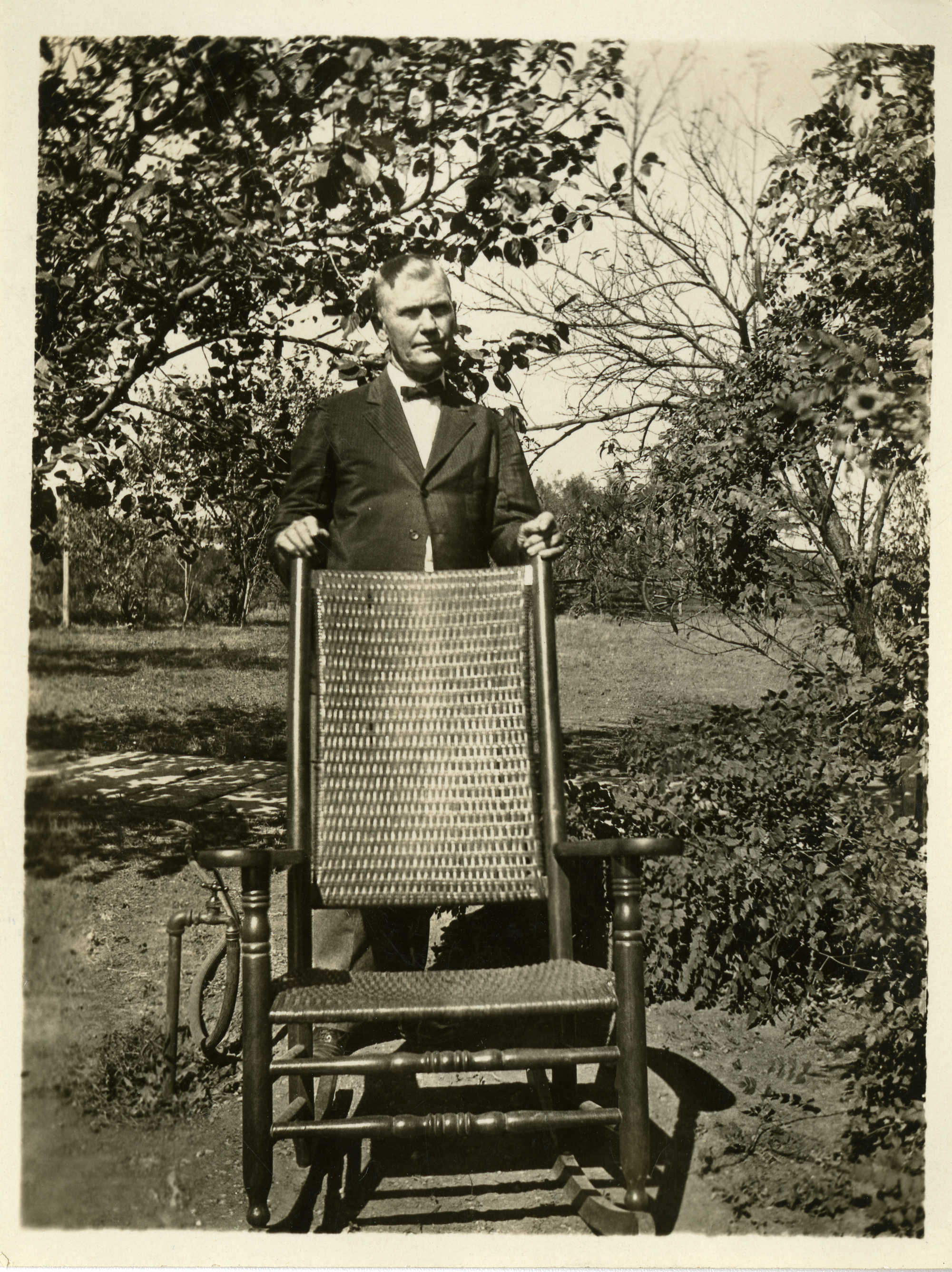
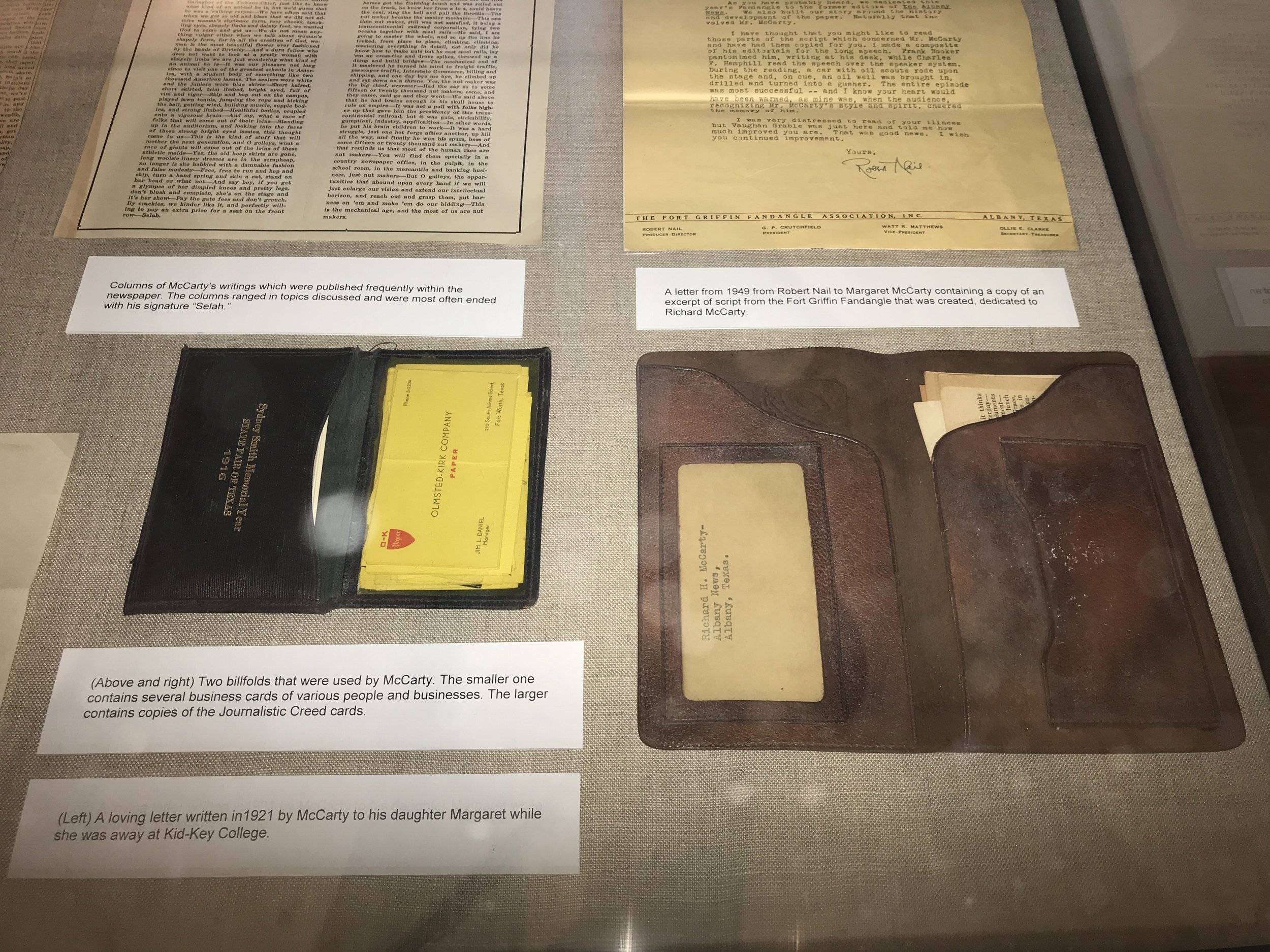
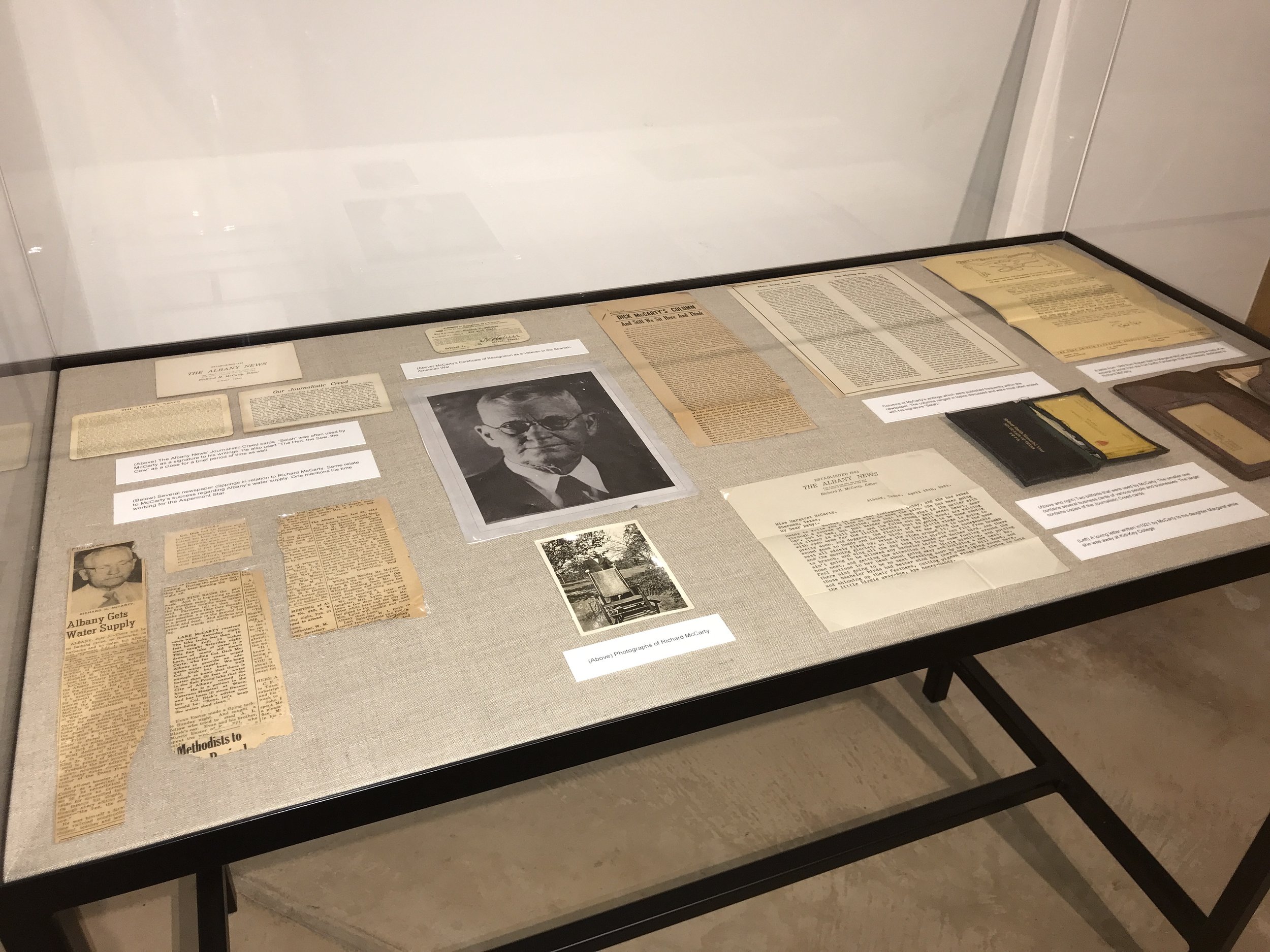
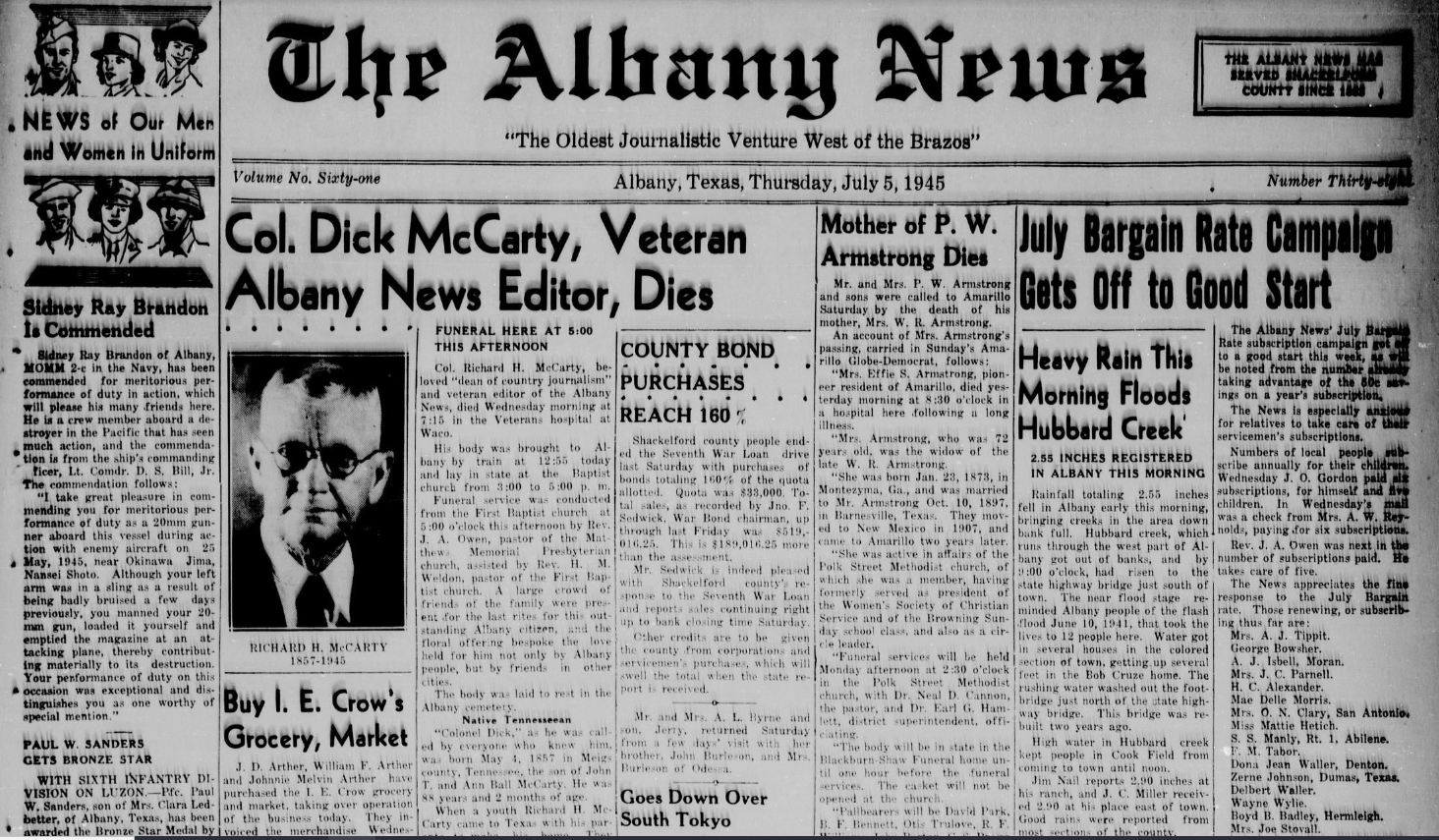
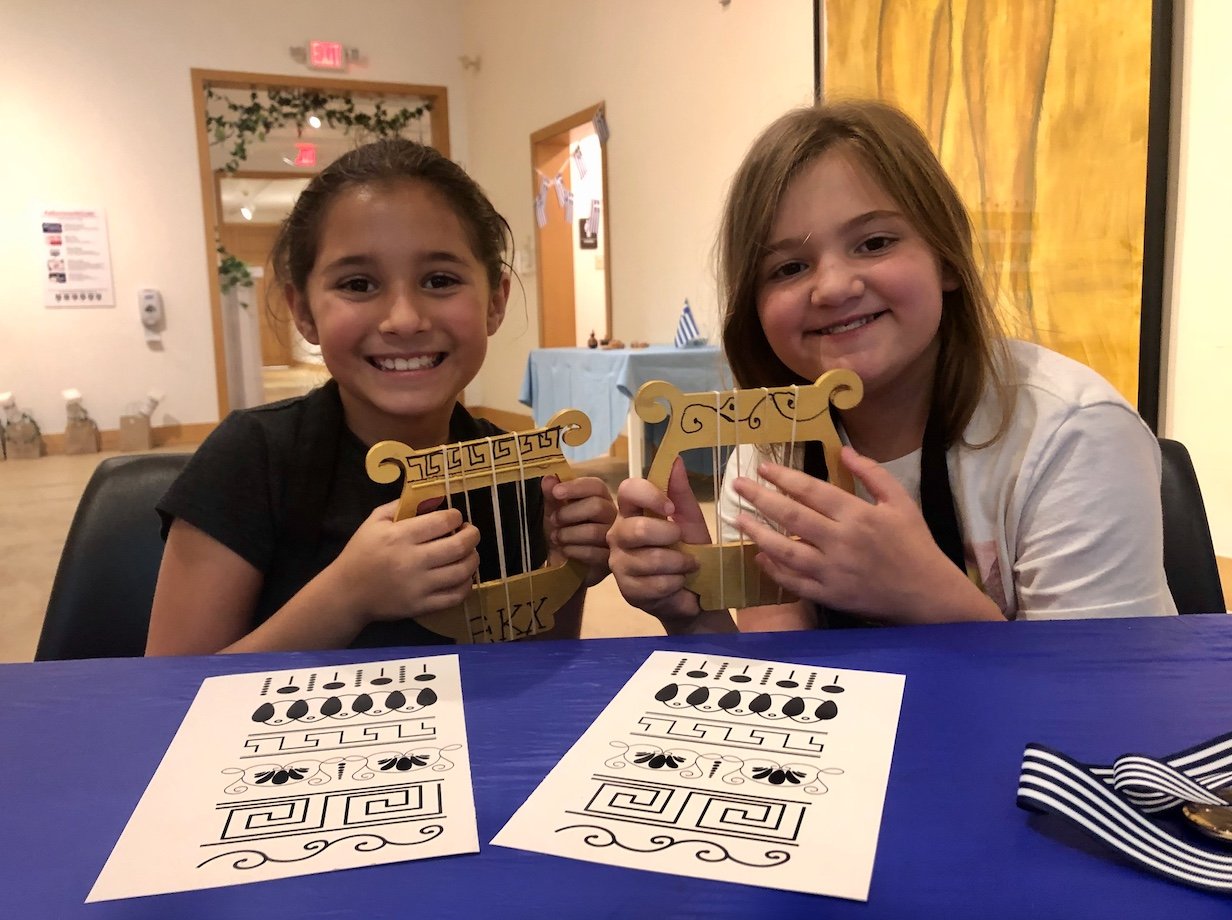
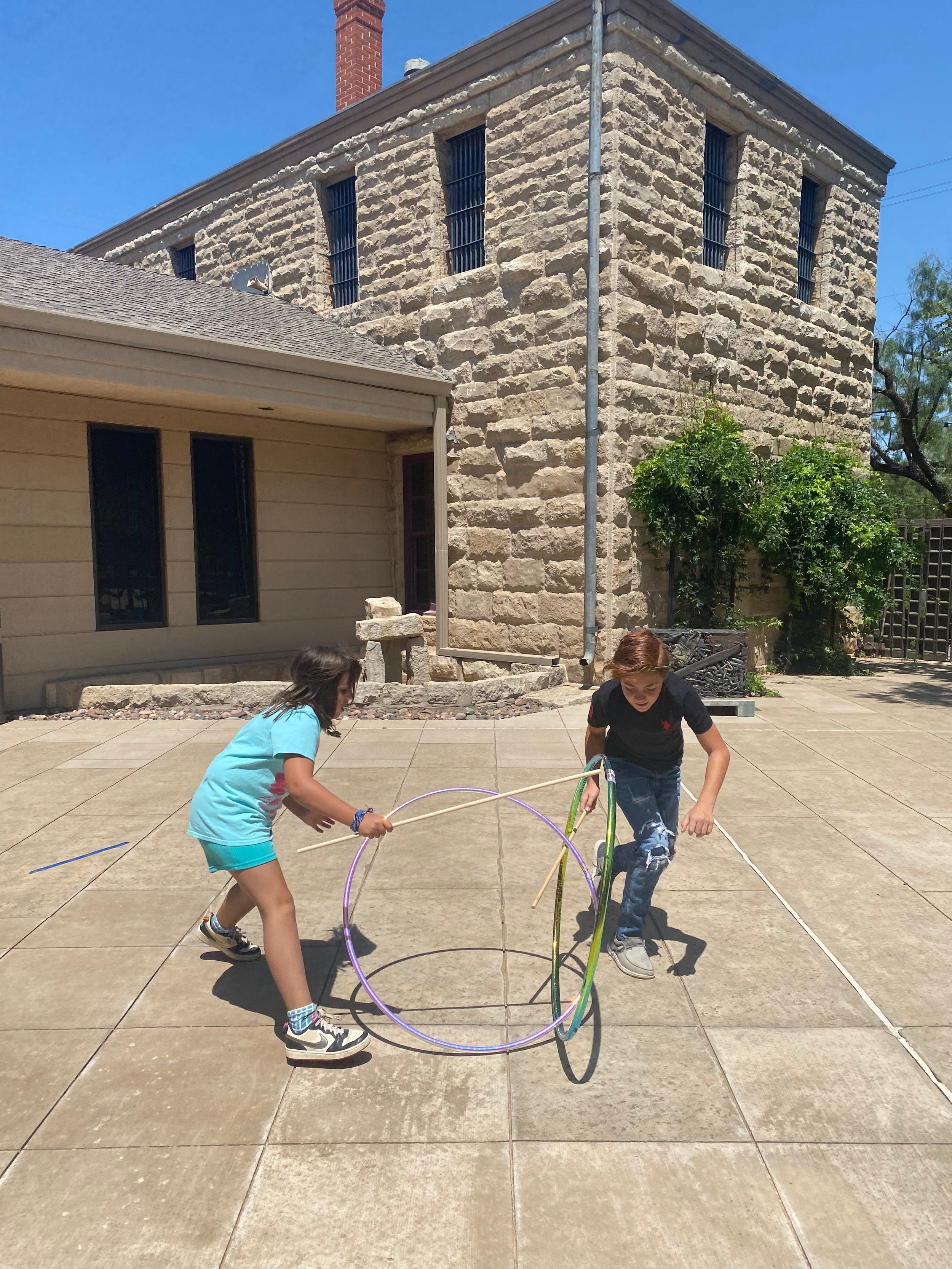
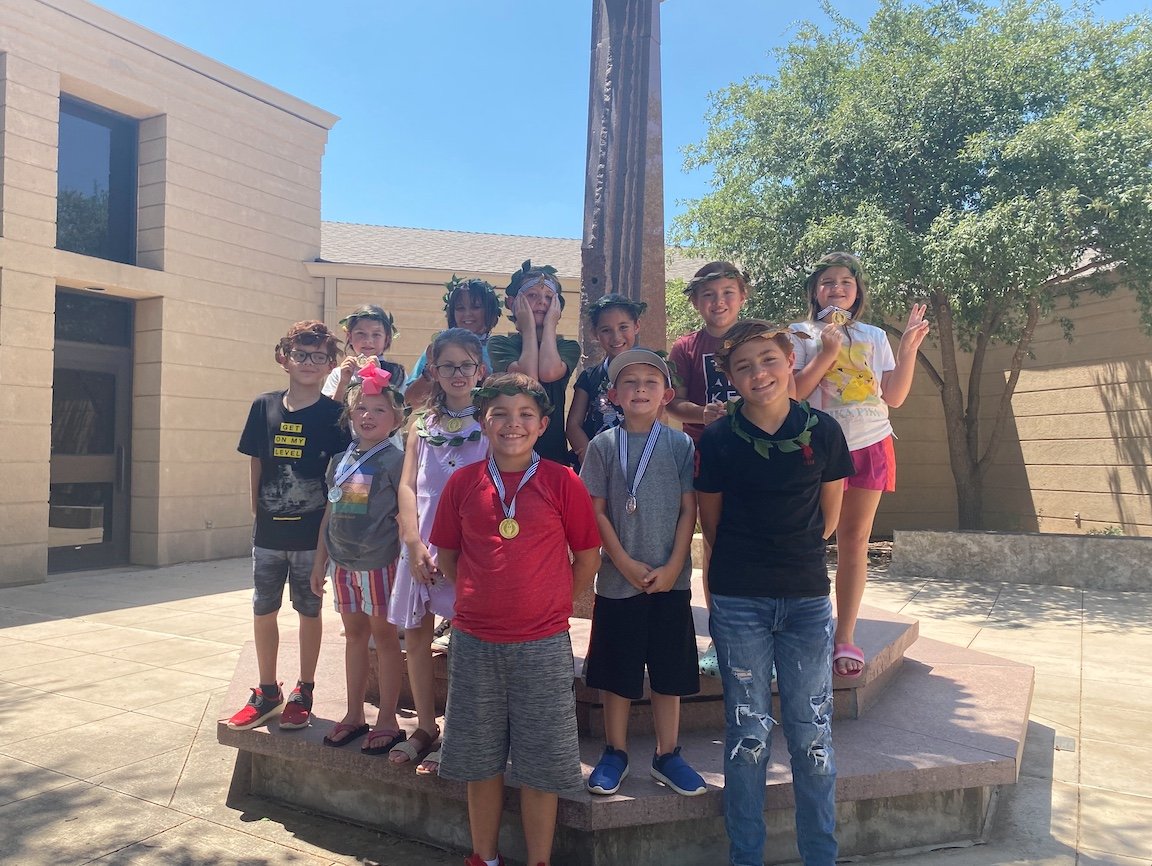
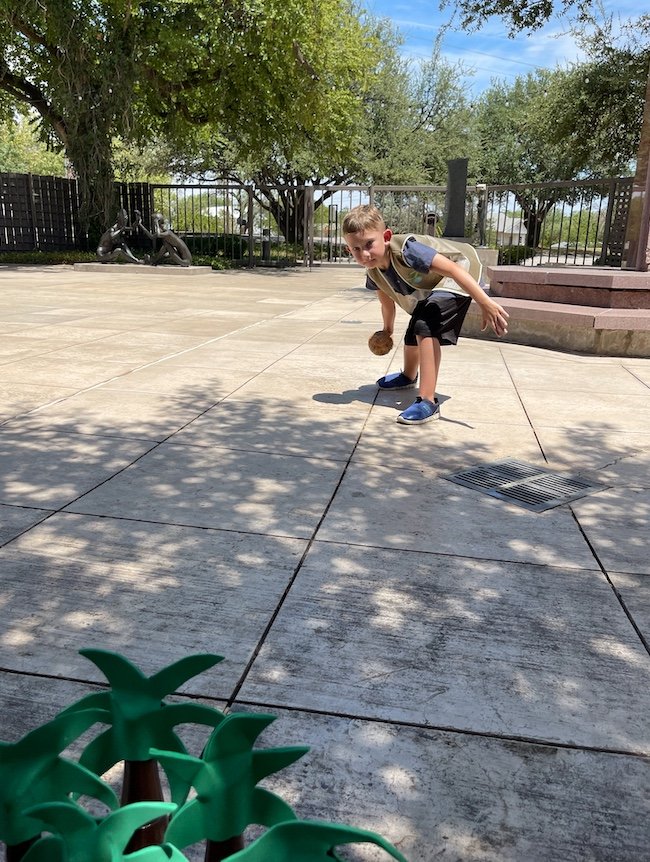
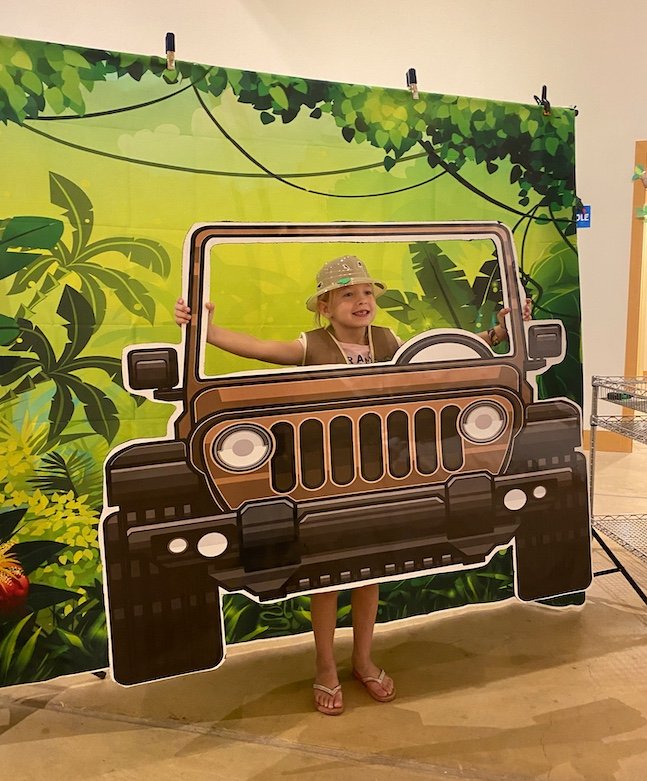
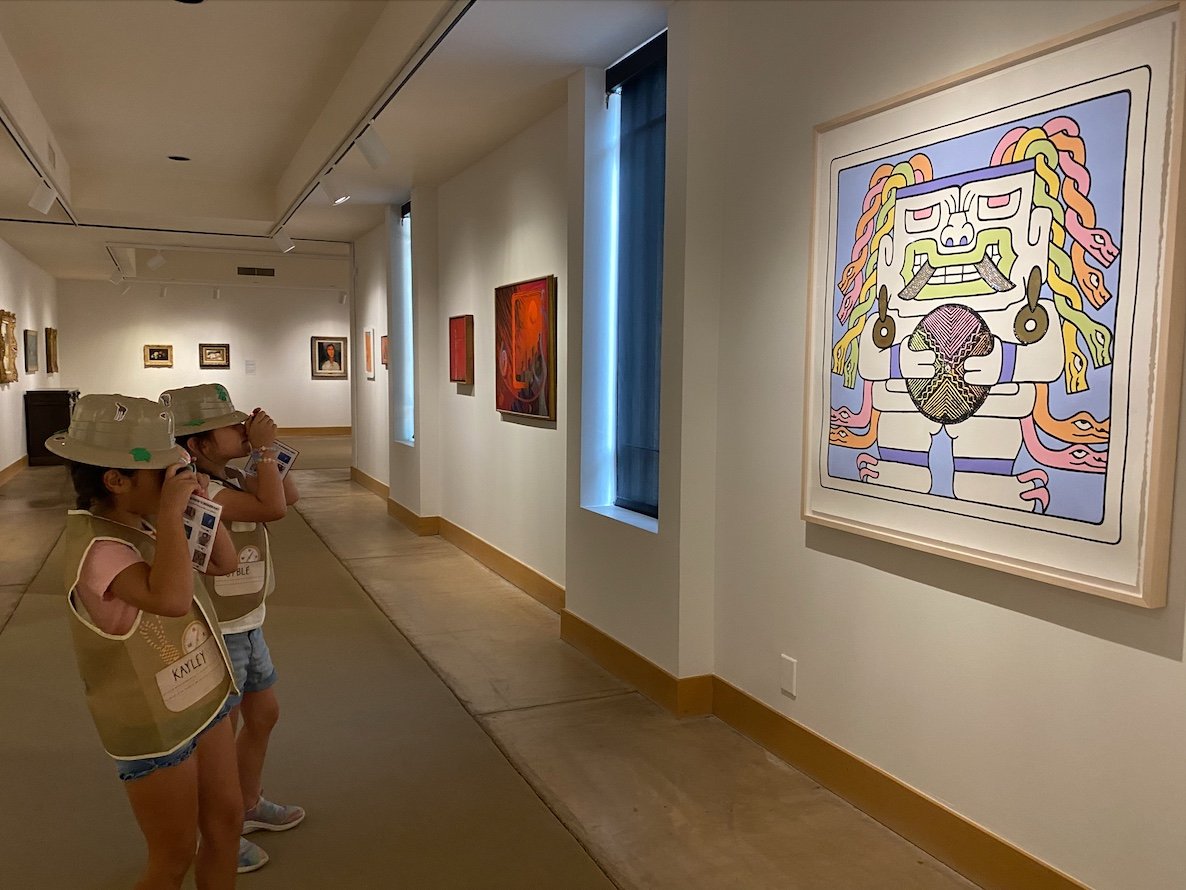
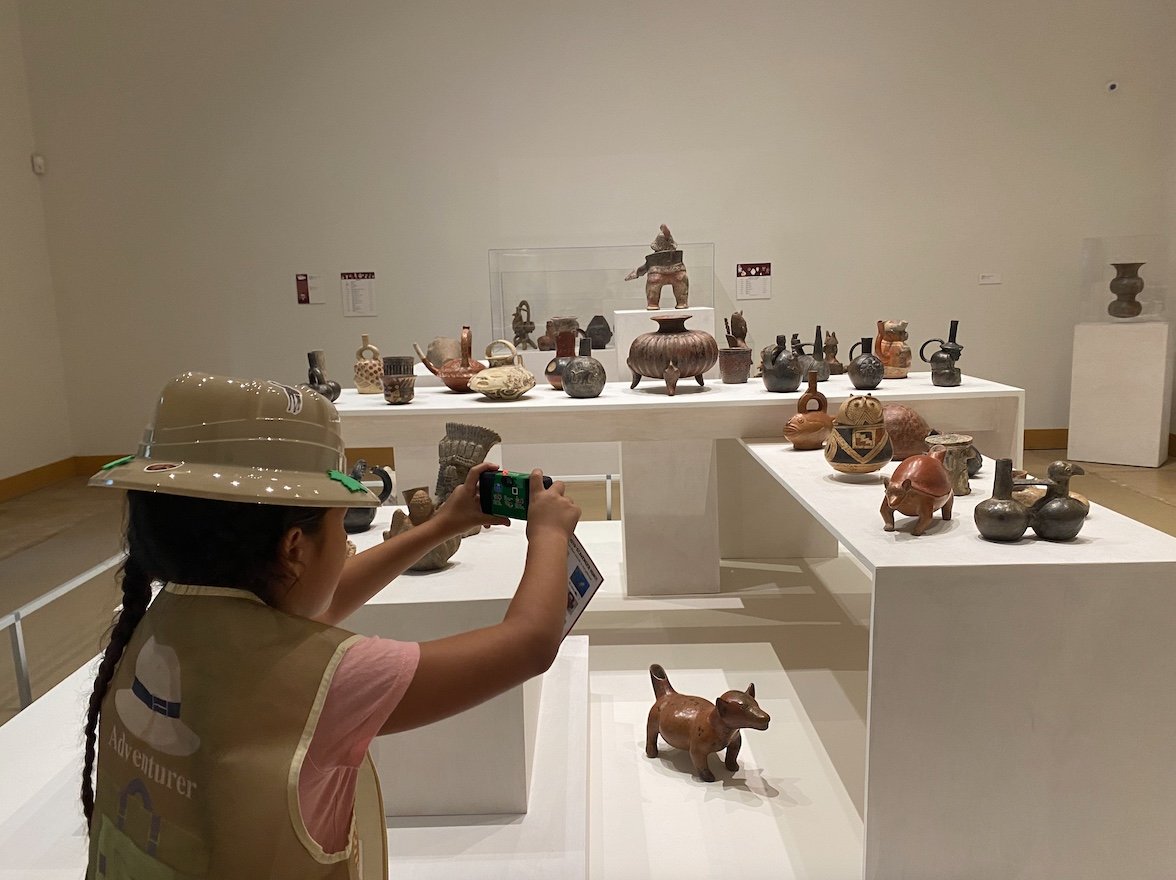
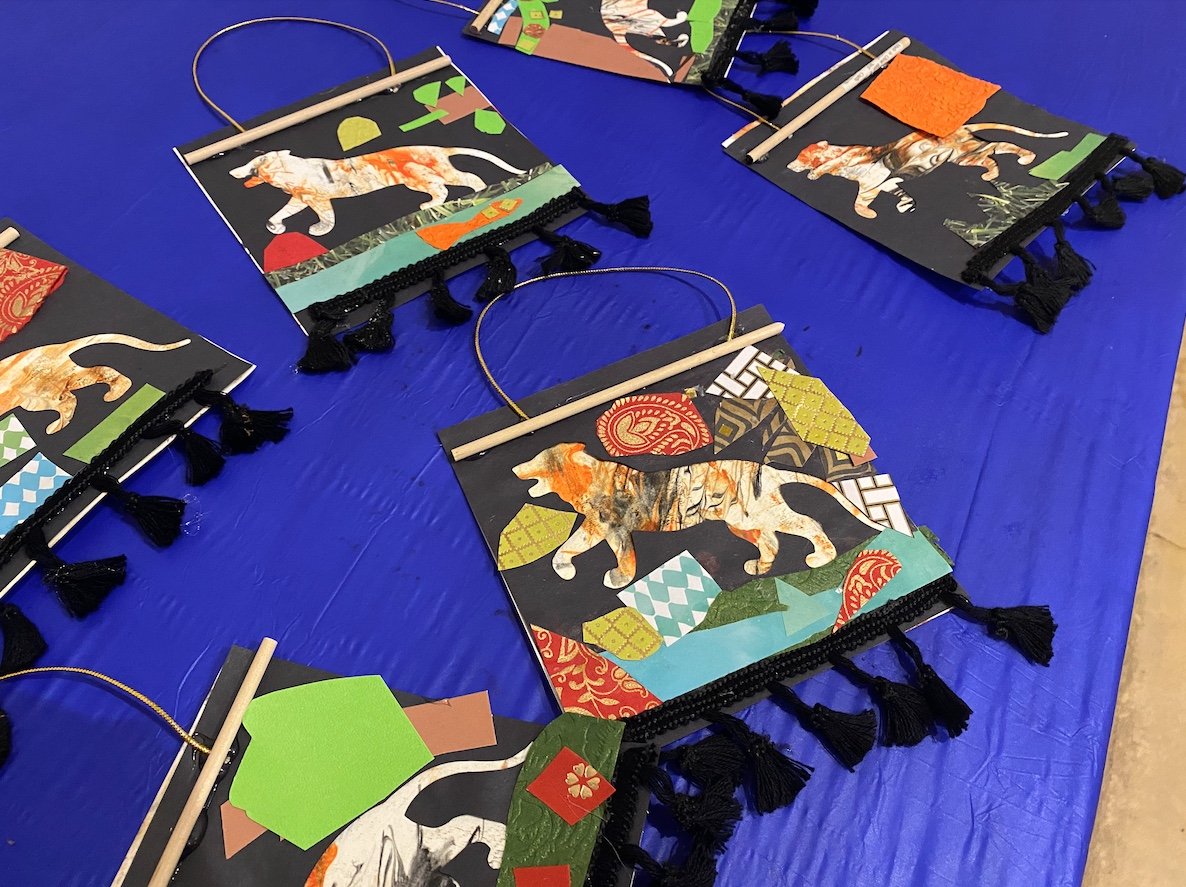
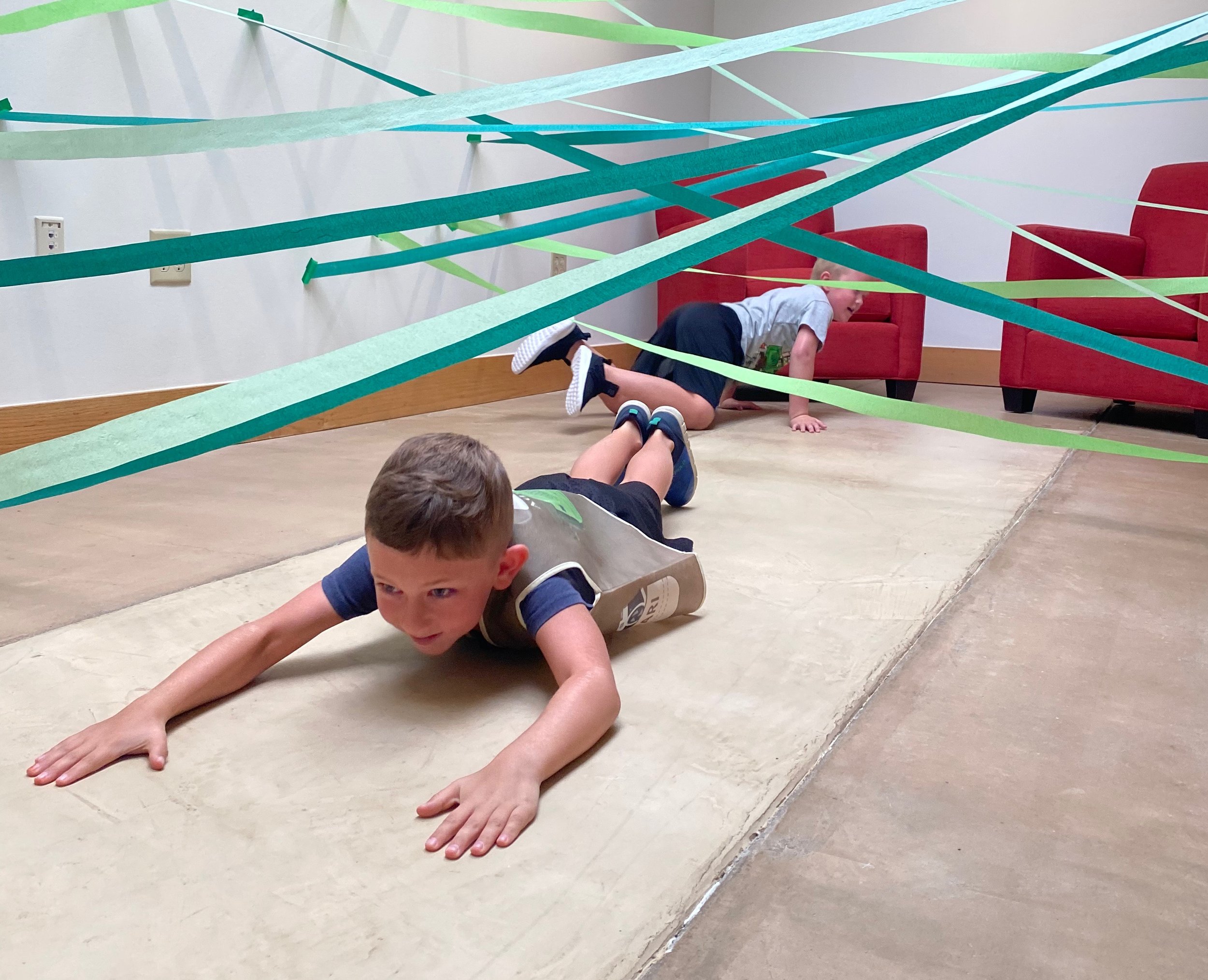
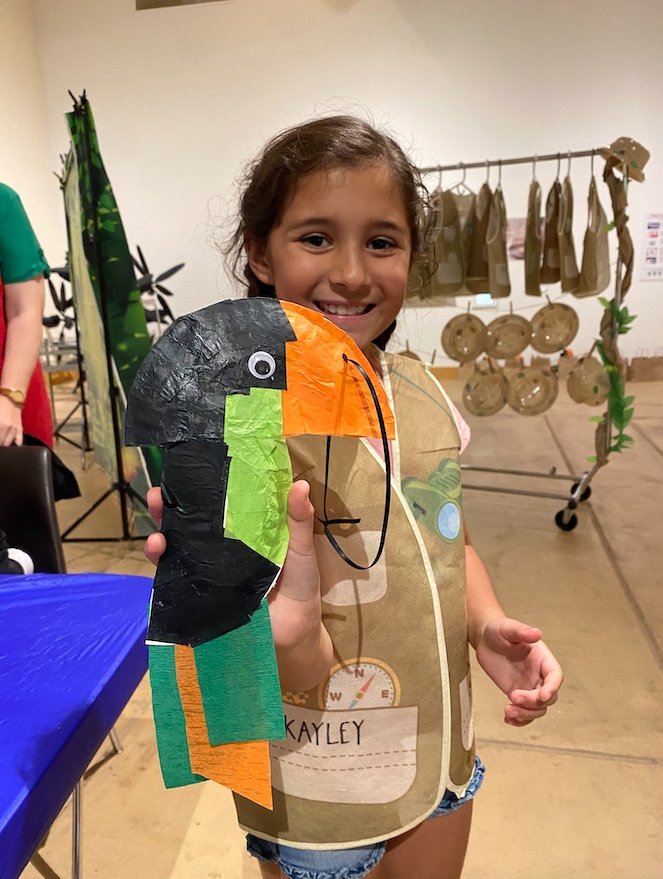
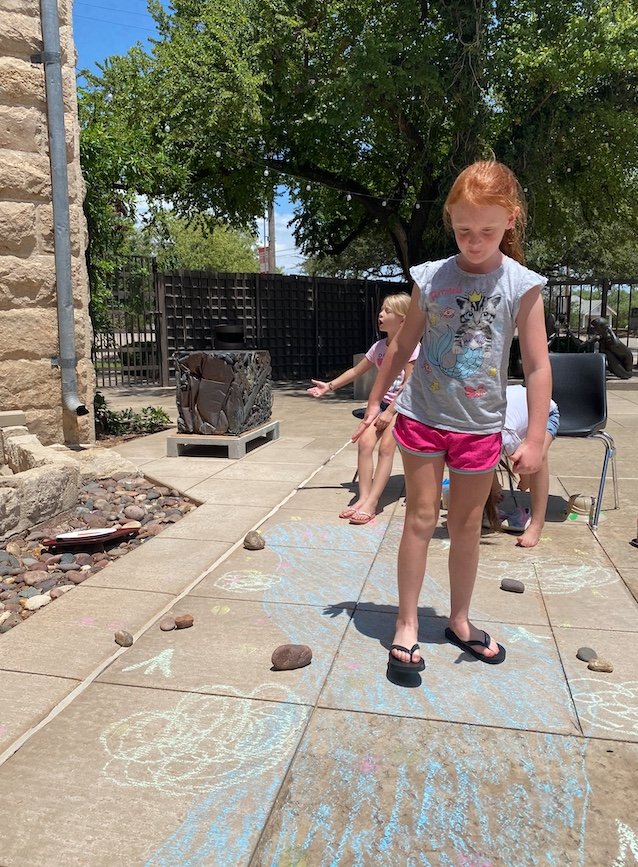
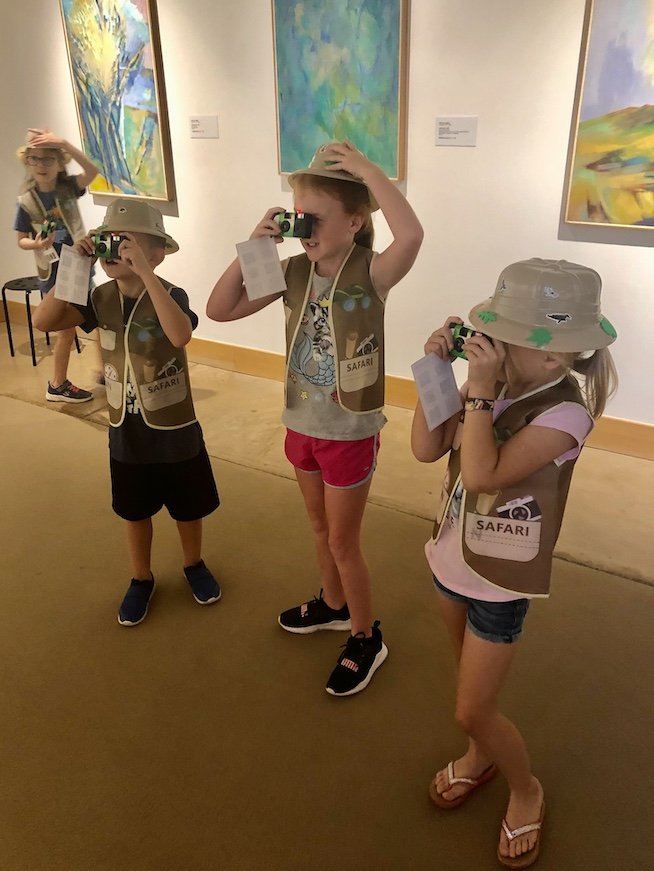

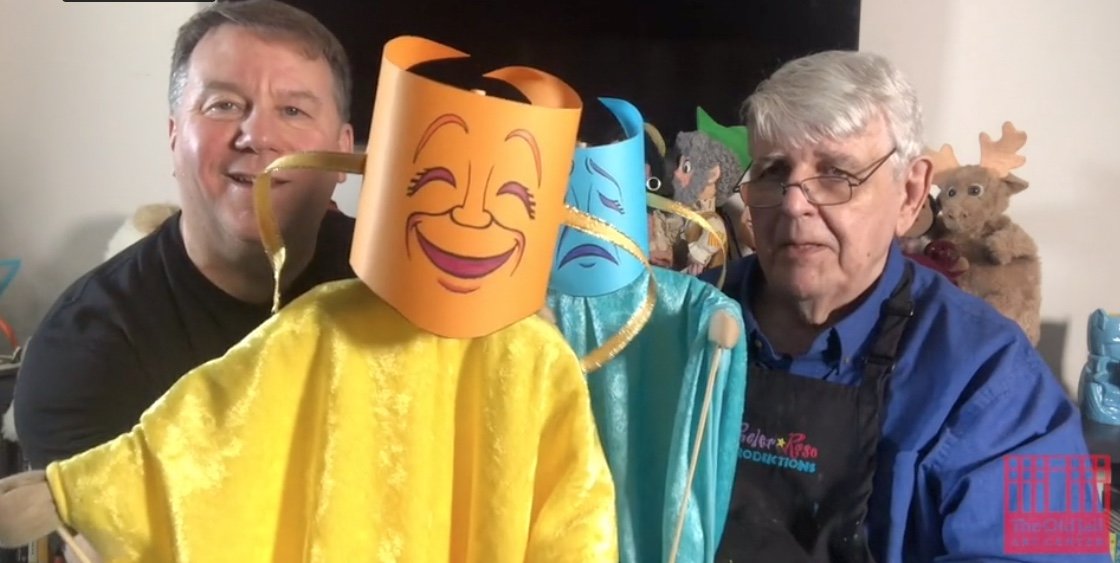
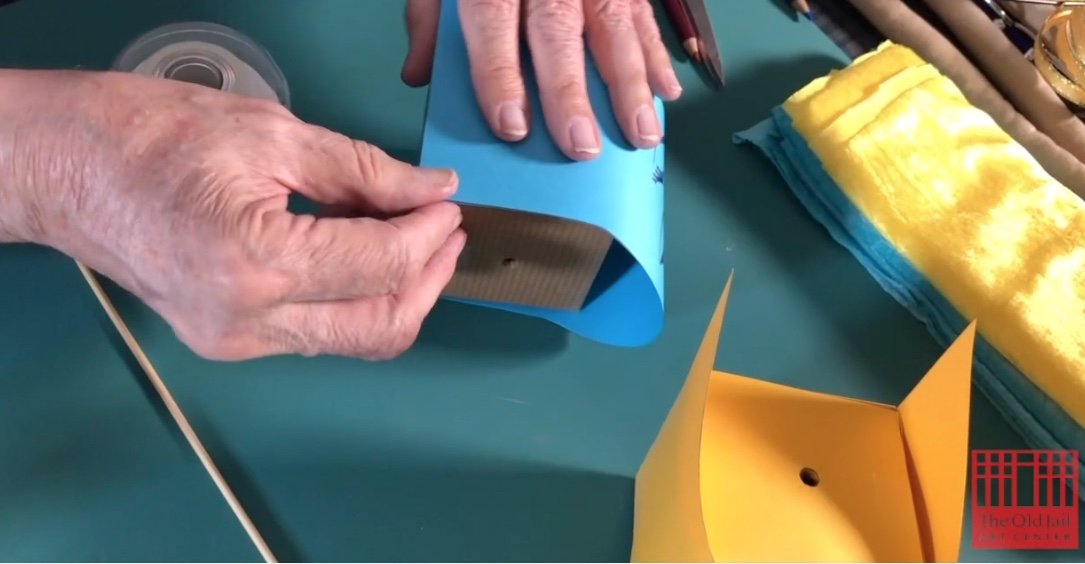
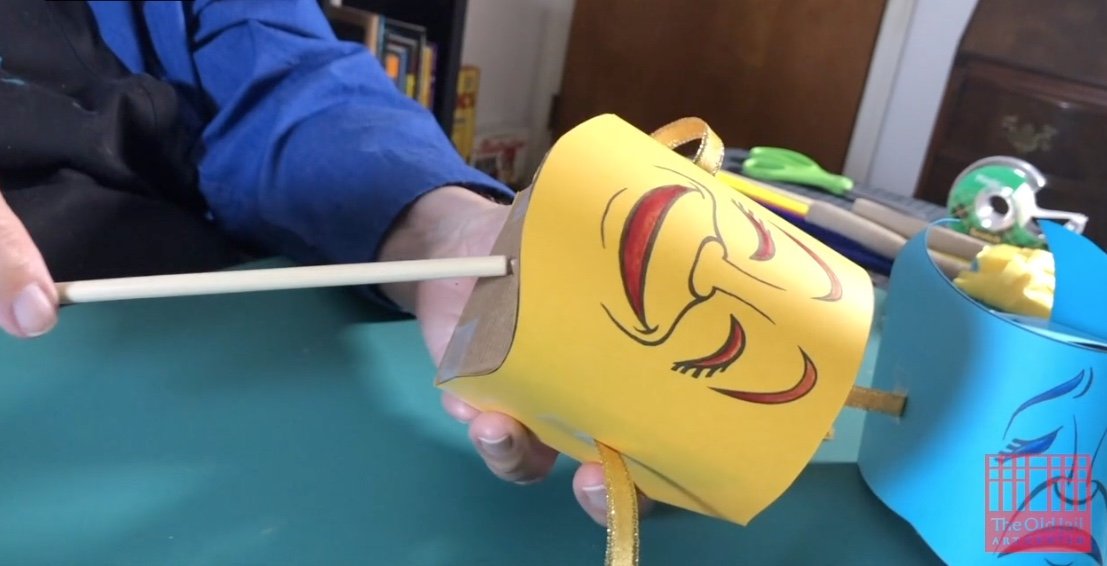
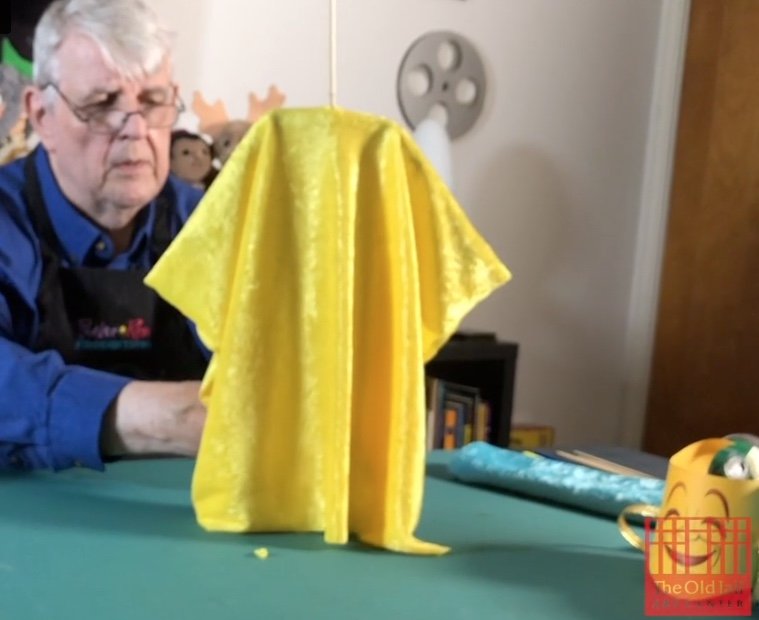
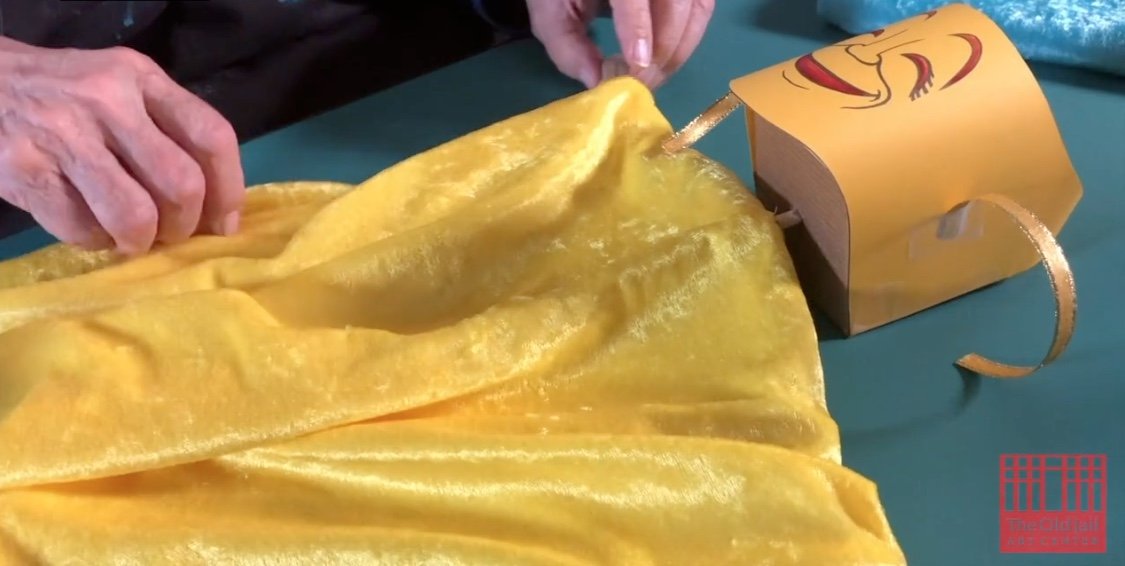
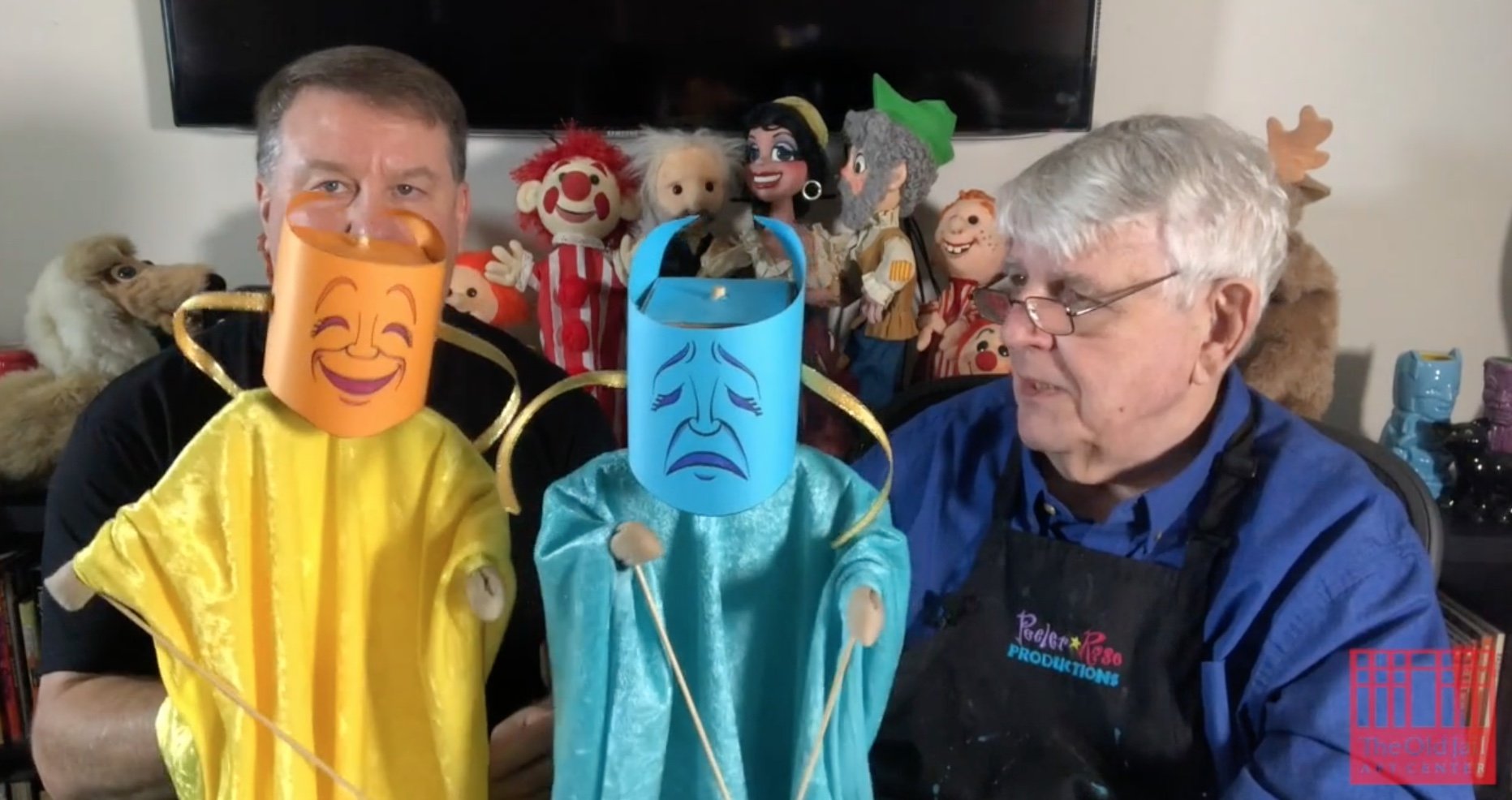

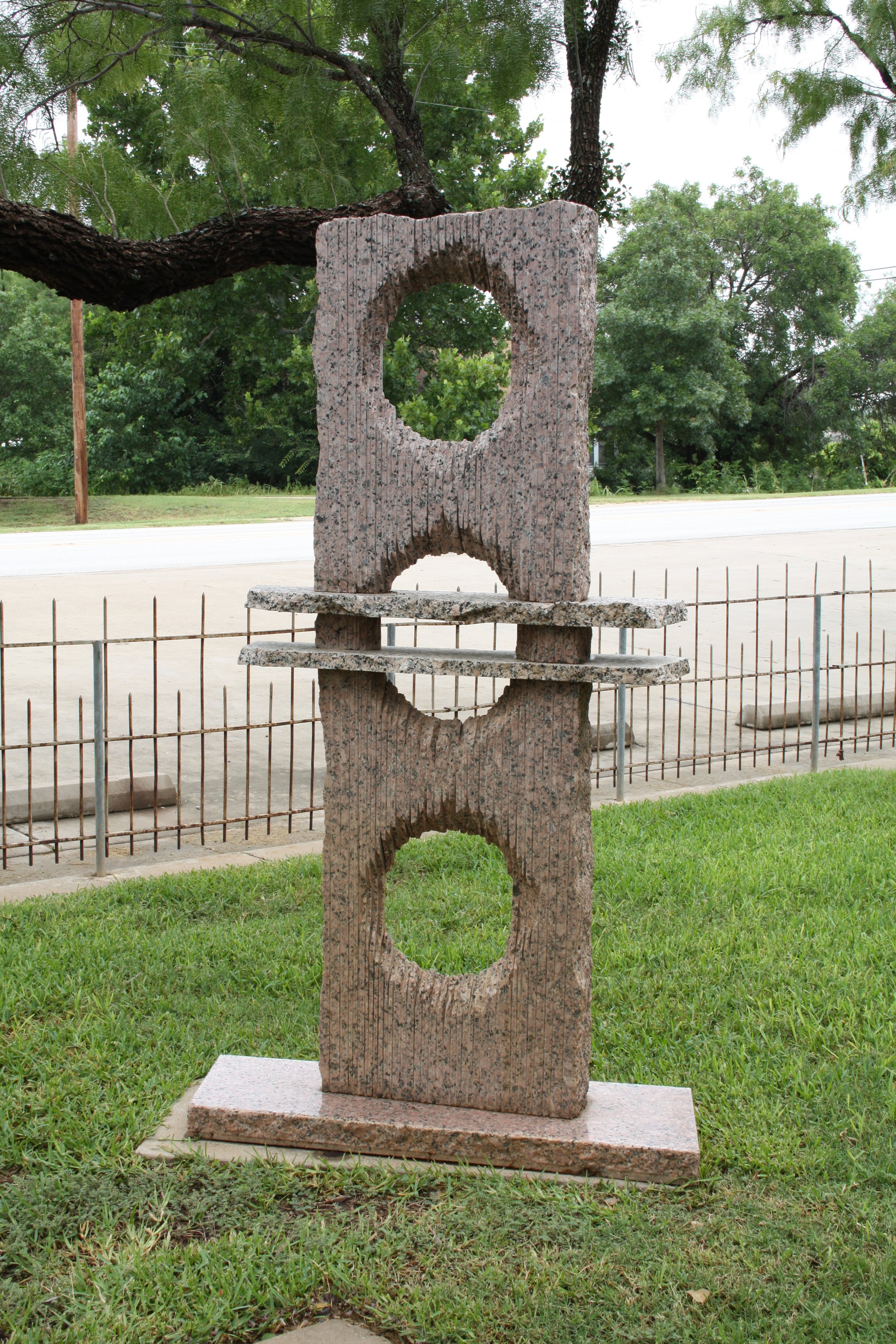
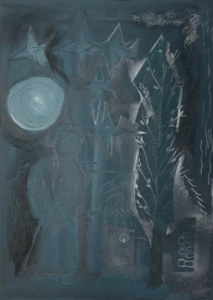

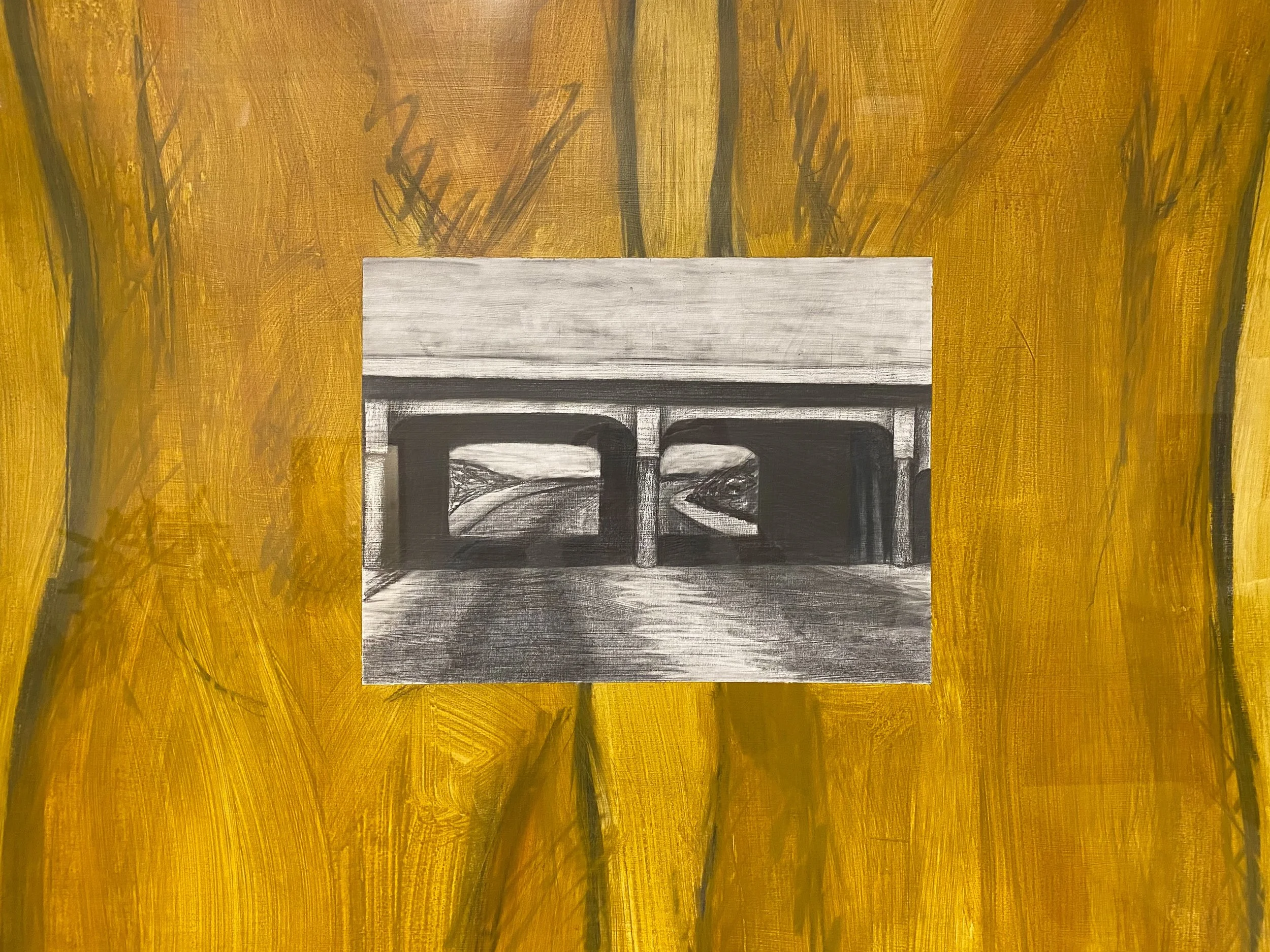



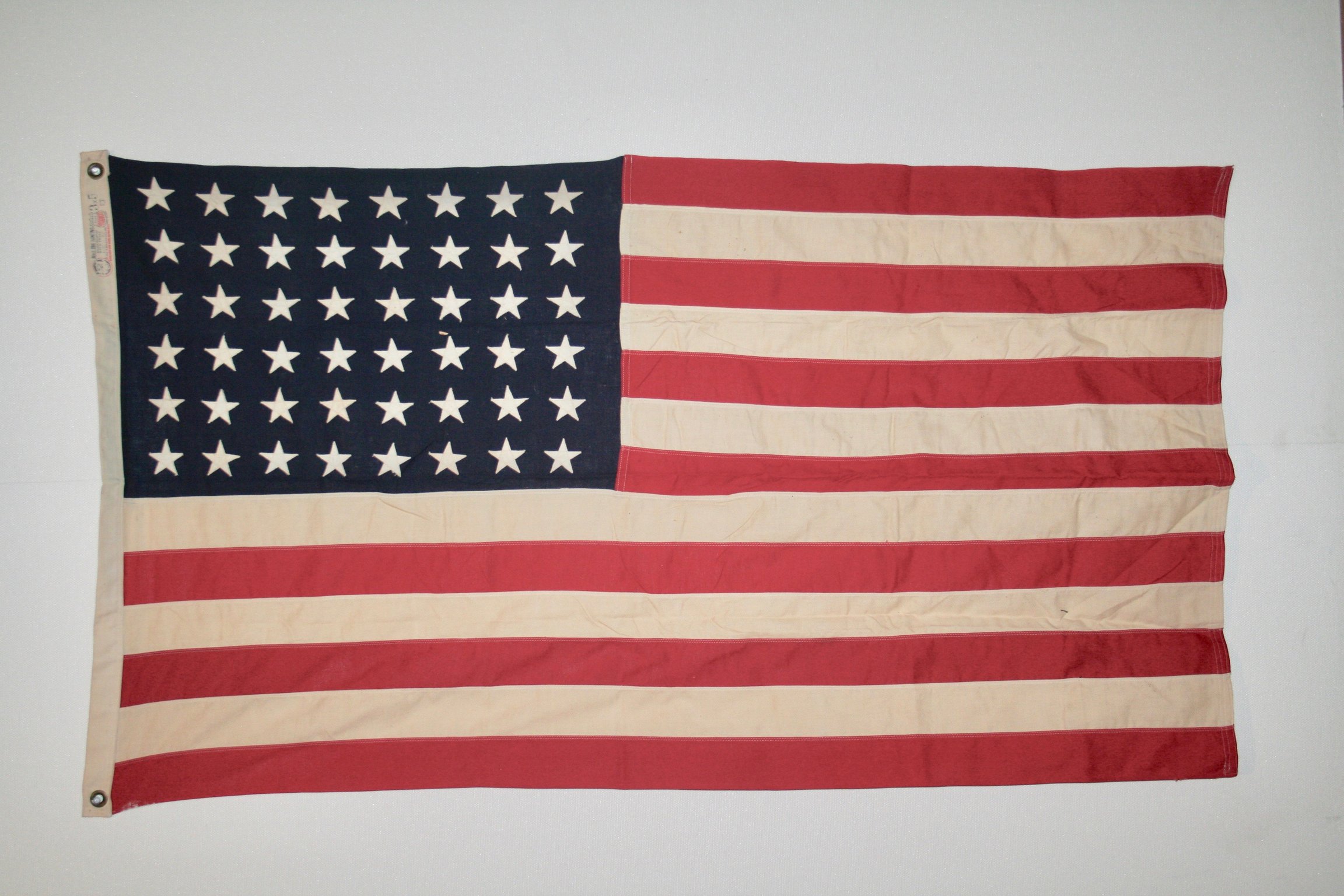
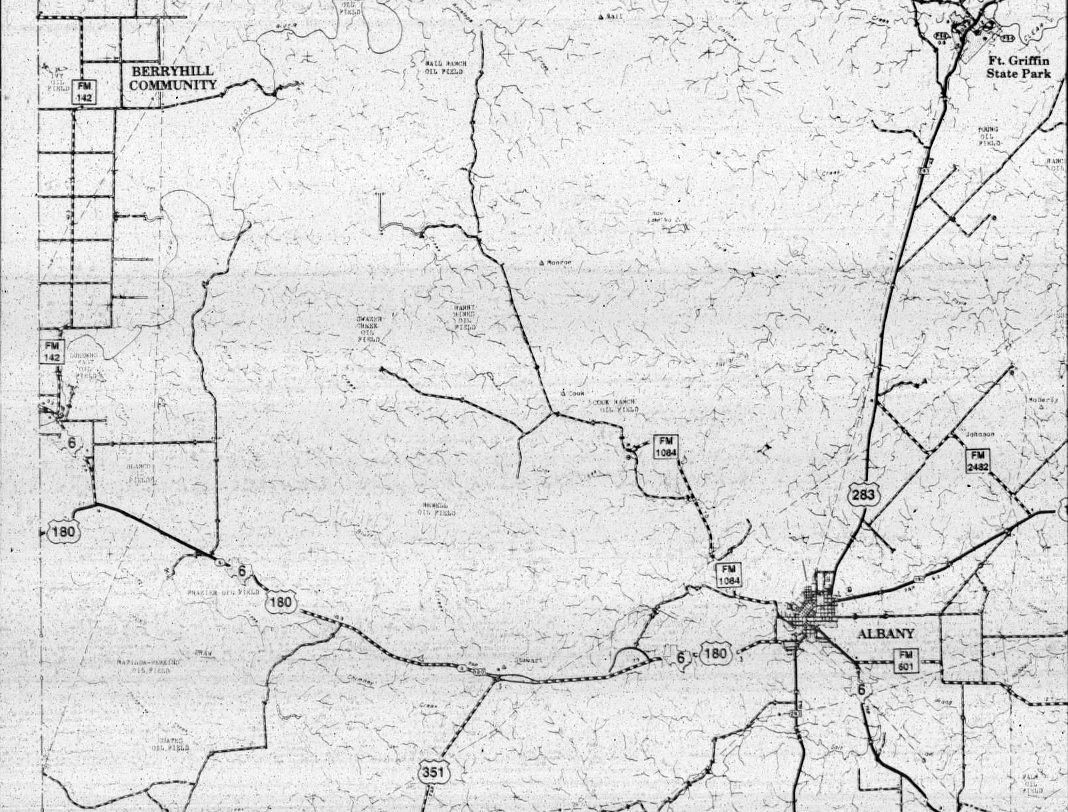
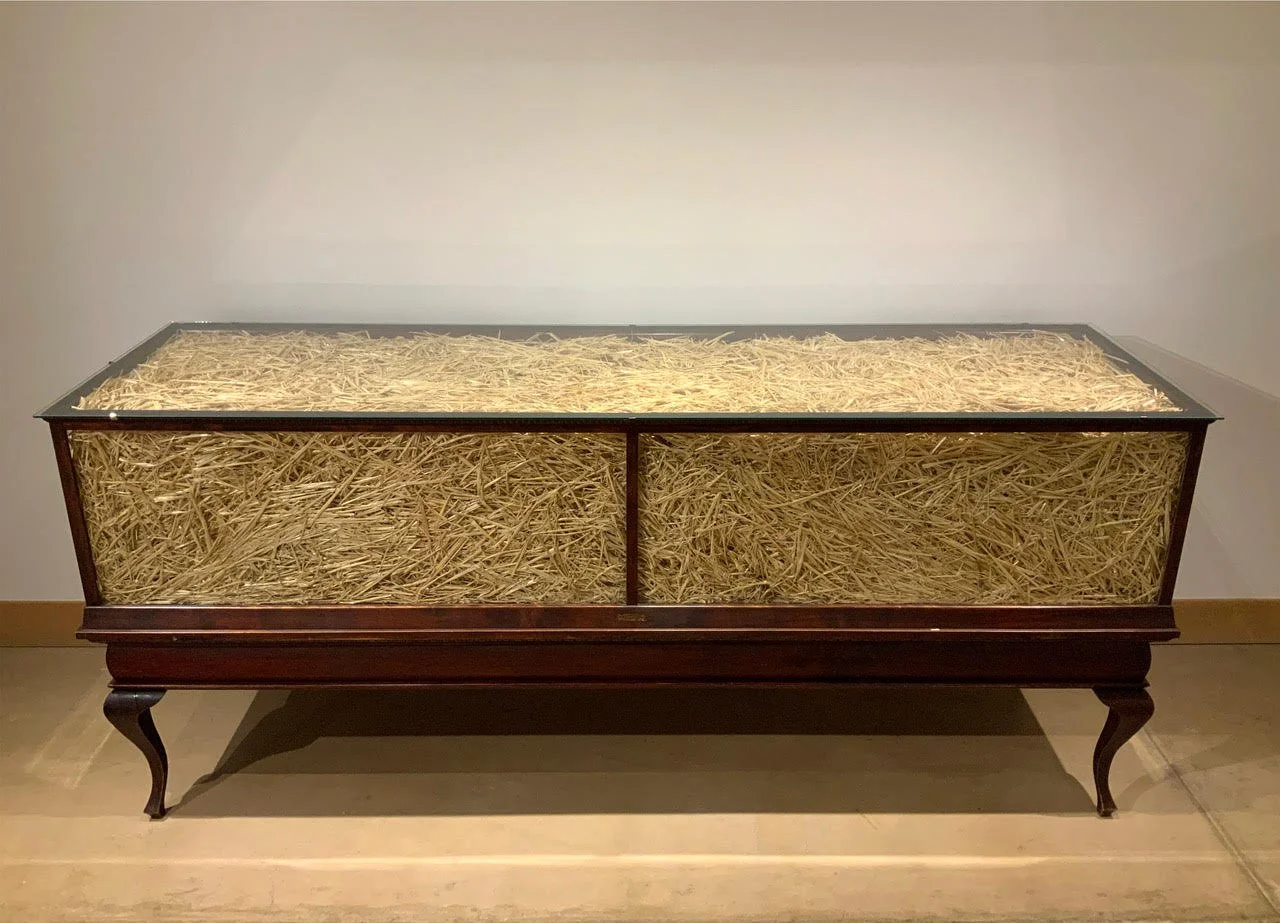


![[SOLD OUT]](https://images.squarespace-cdn.com/content/v1/54de791be4b00f1b03108693/60c67a6f-b271-46fb-994d-fc90f5a7ddc2/Arctic+Animal+Suncatcher+Craft.jpeg)
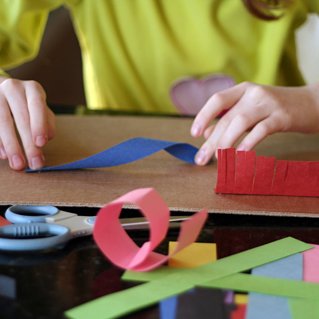

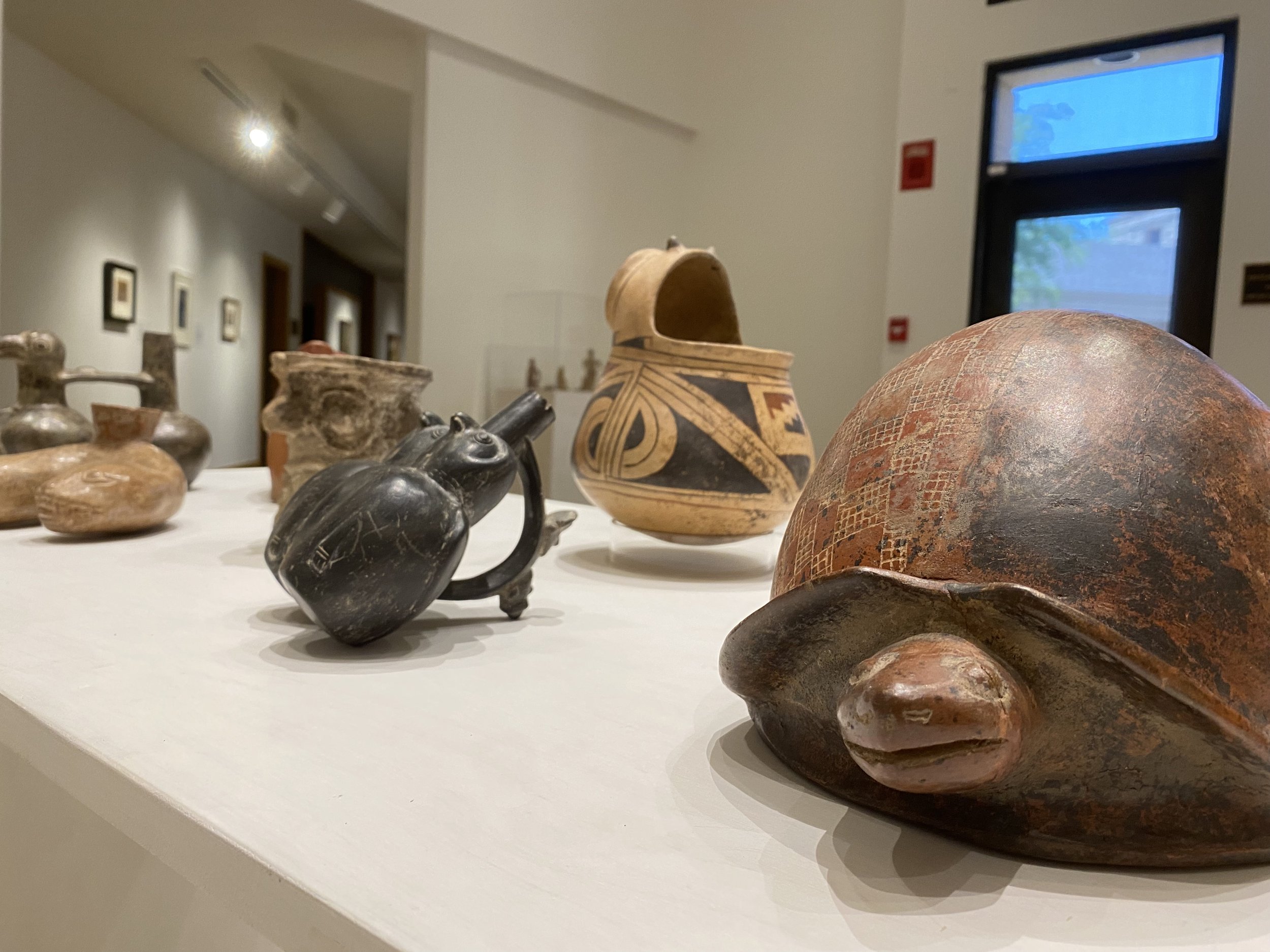


![[Techni]color Our Collections!](https://images.squarespace-cdn.com/content/v1/54de791be4b00f1b03108693/1623273347635-QA4VWBJZKAPT8GJLRYBK/20.png)
![OJAC Collections Coloring Book [Download]](https://images.squarespace-cdn.com/content/v1/54de791be4b00f1b03108693/1622833599470-FAEYK9GDR8WOQQRFDHSC/Color+Book+Cover+2a.jpg)



